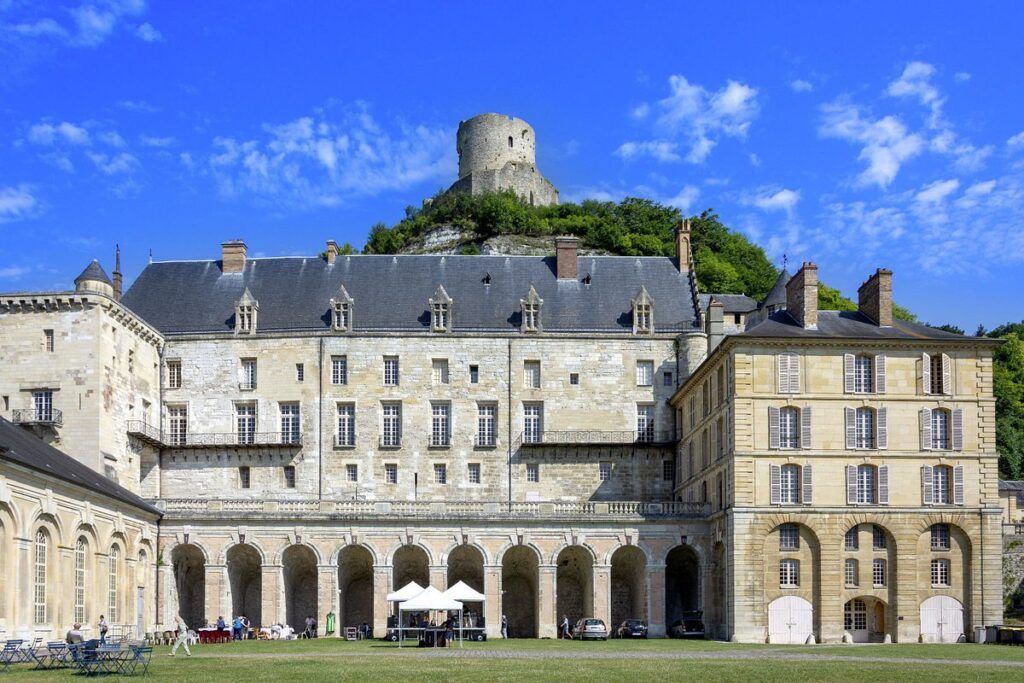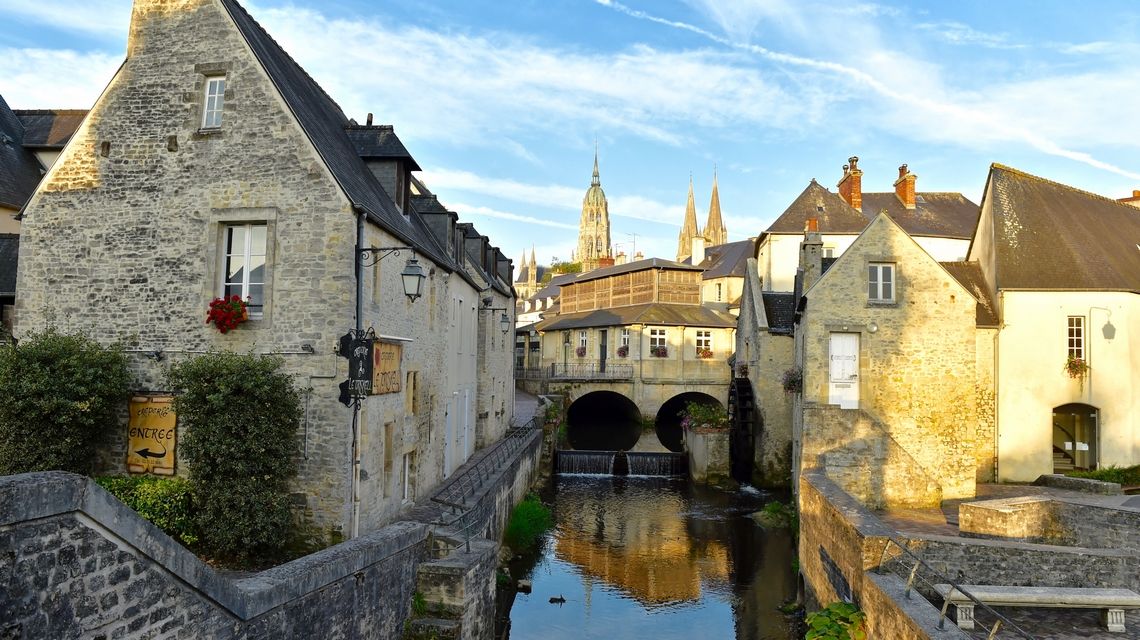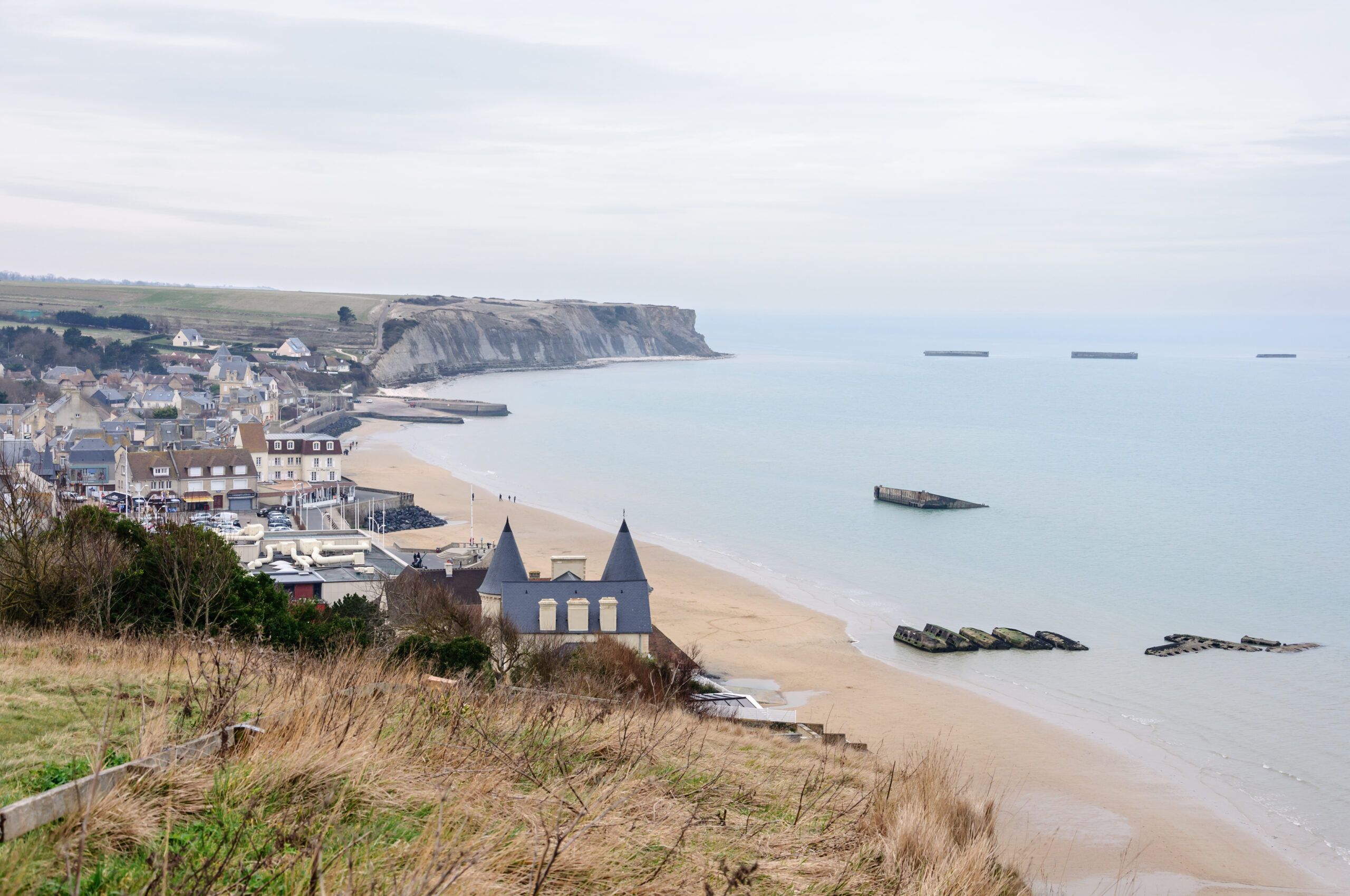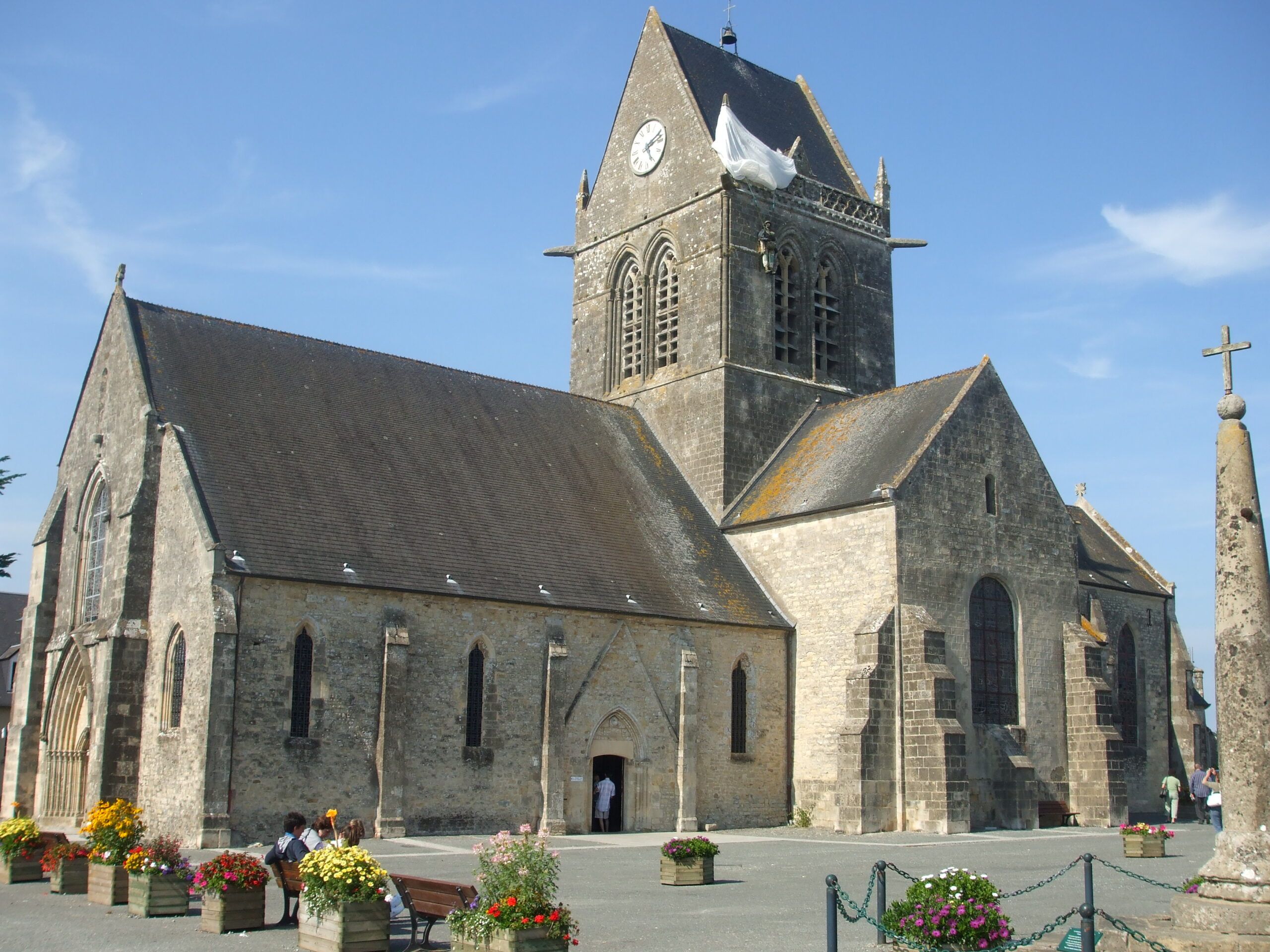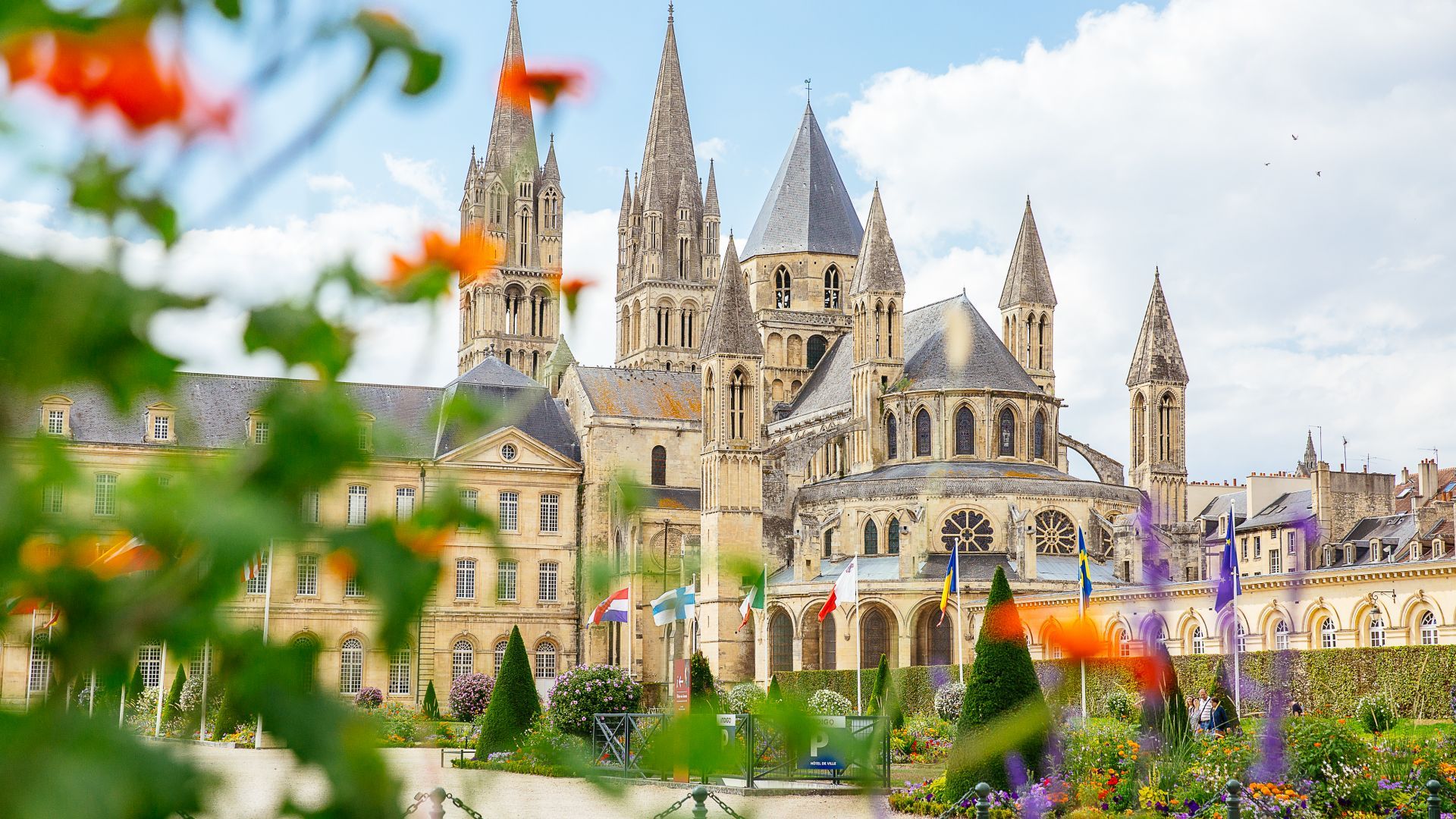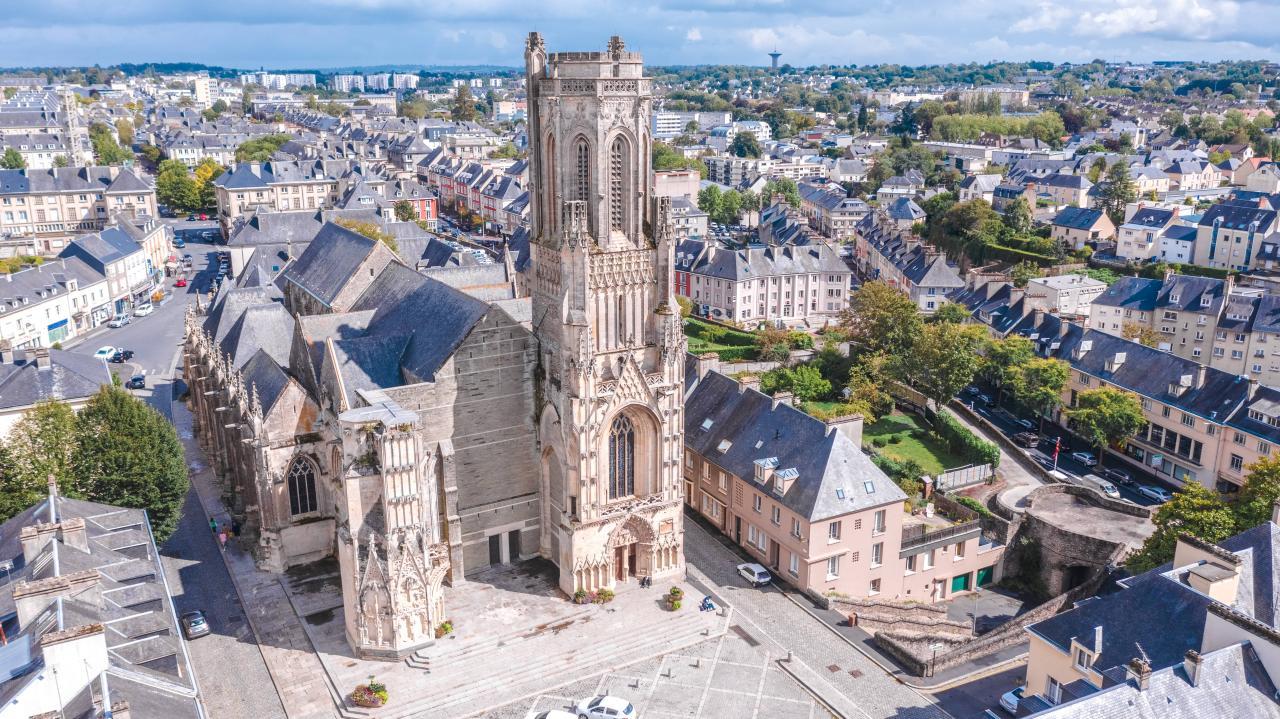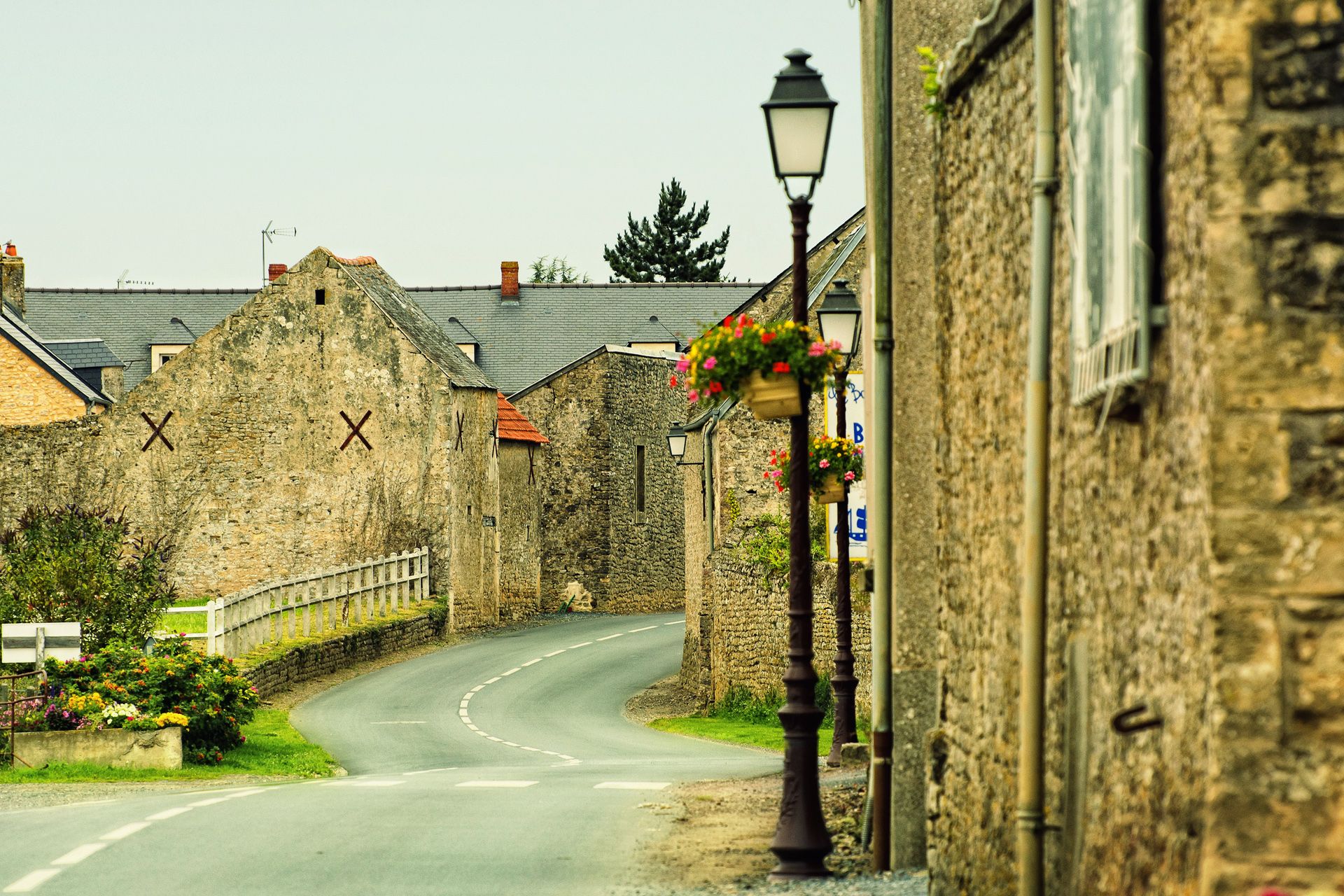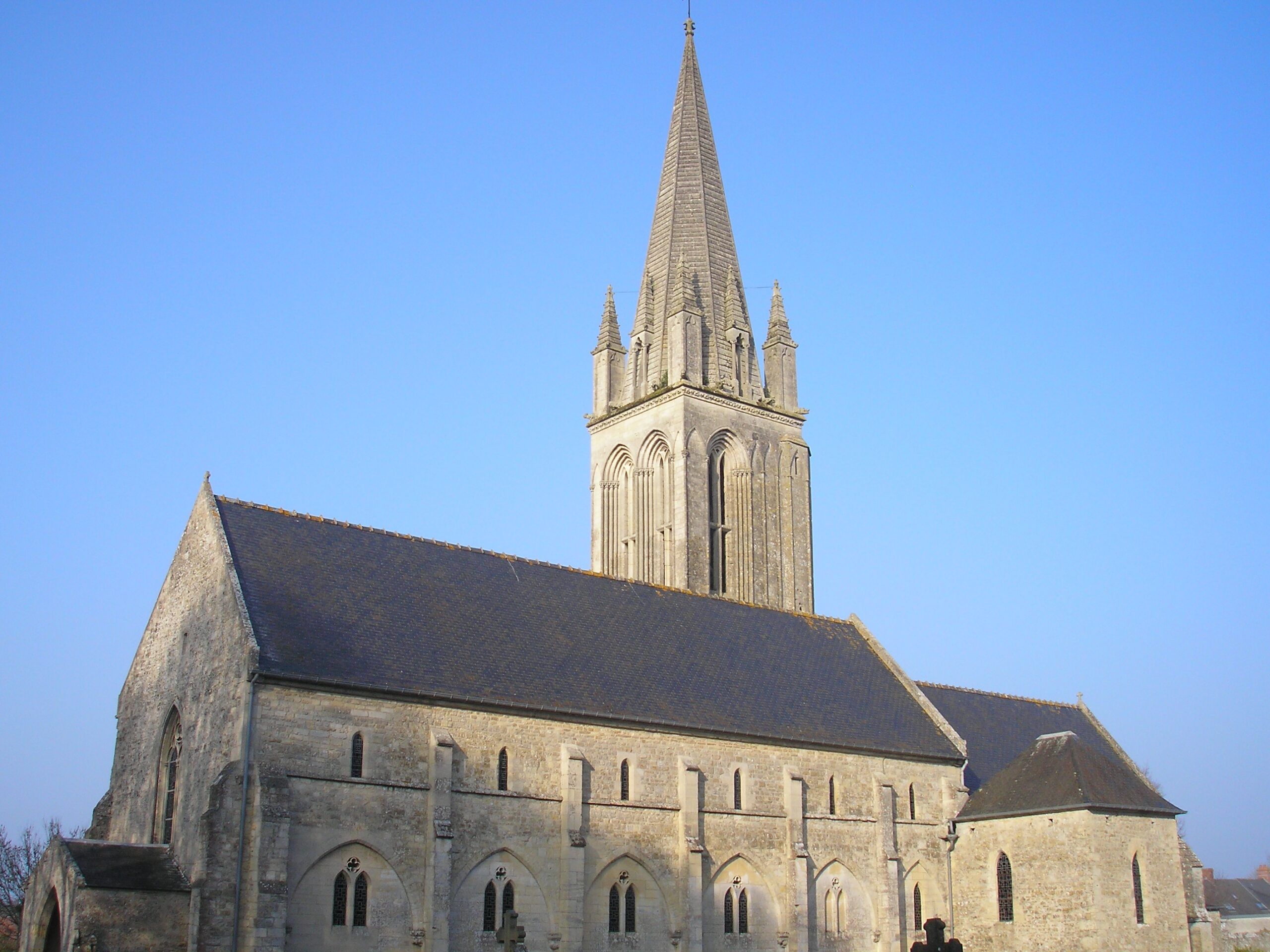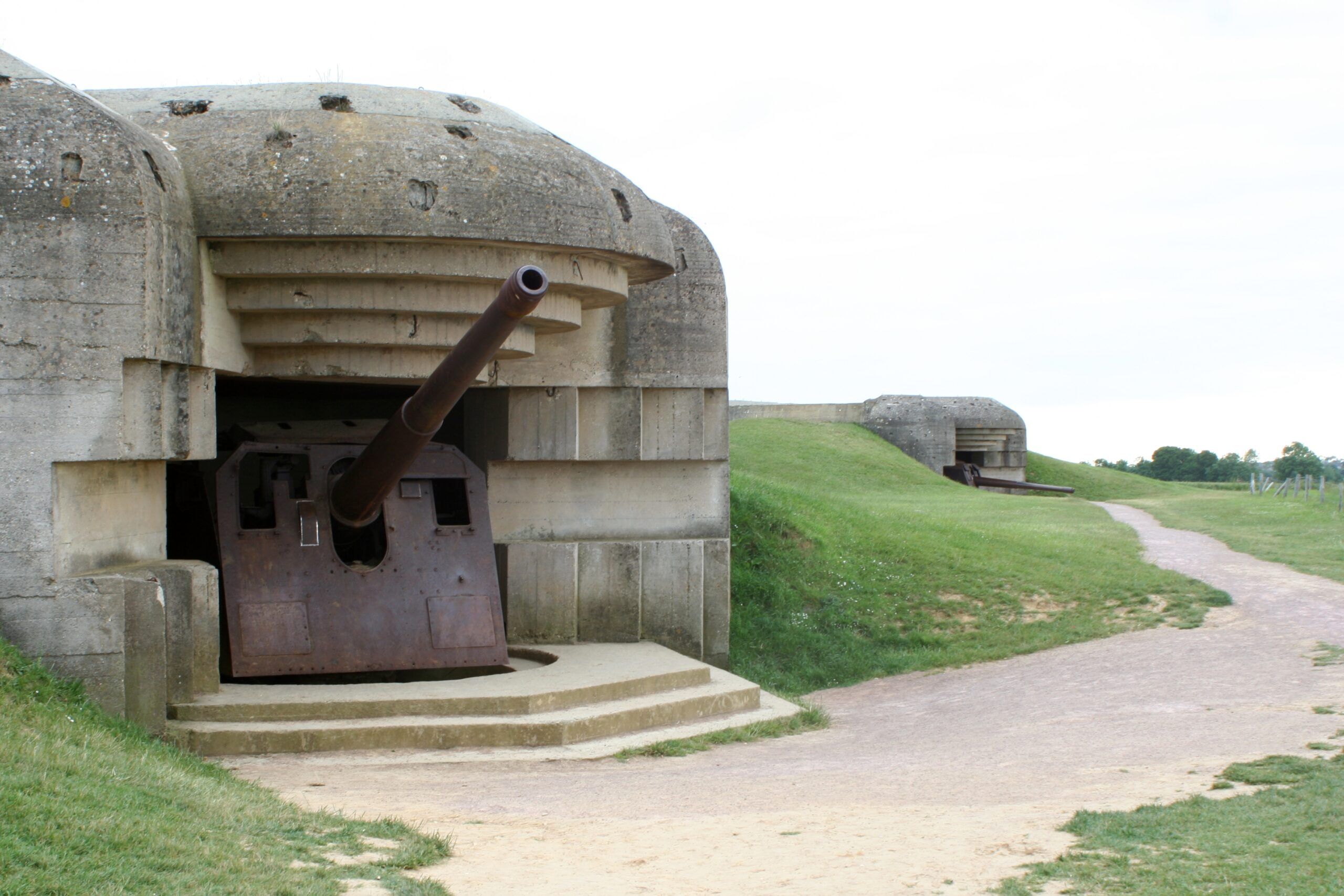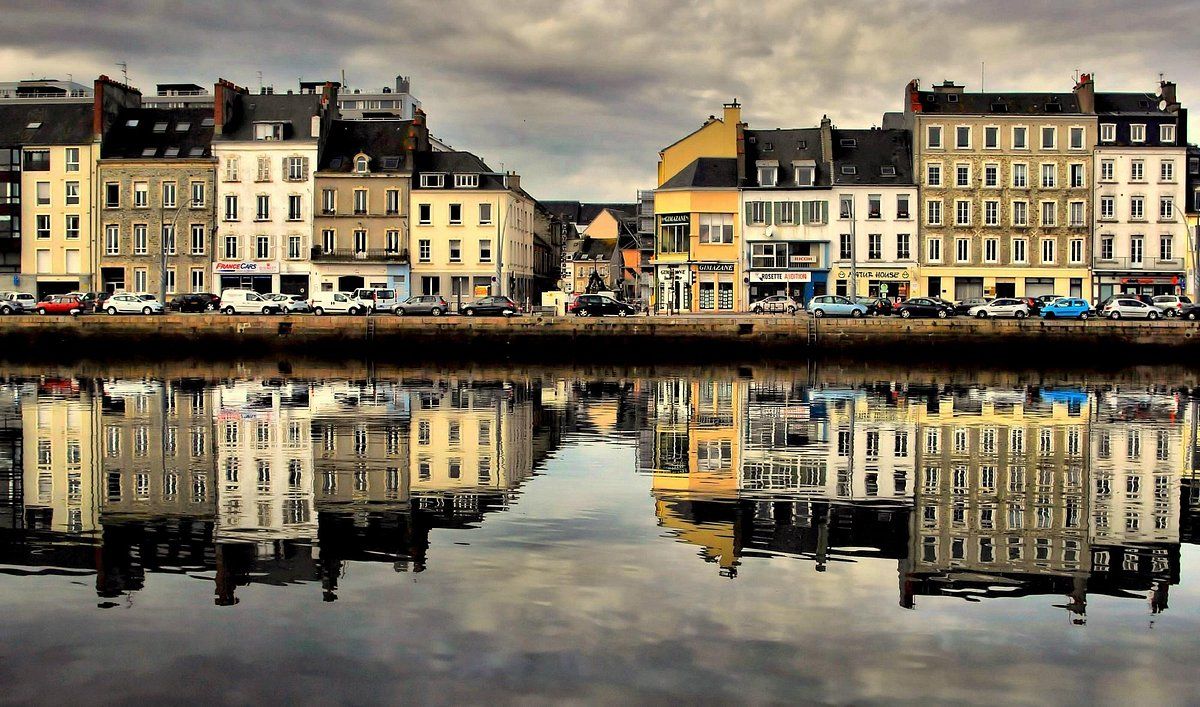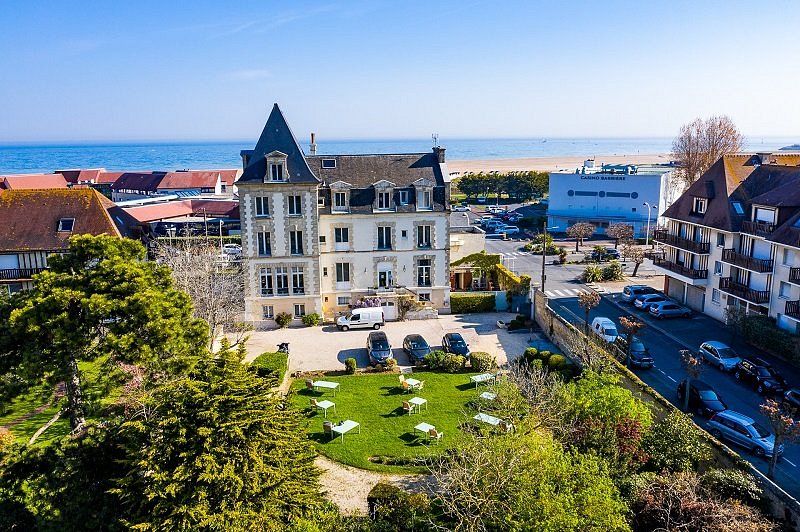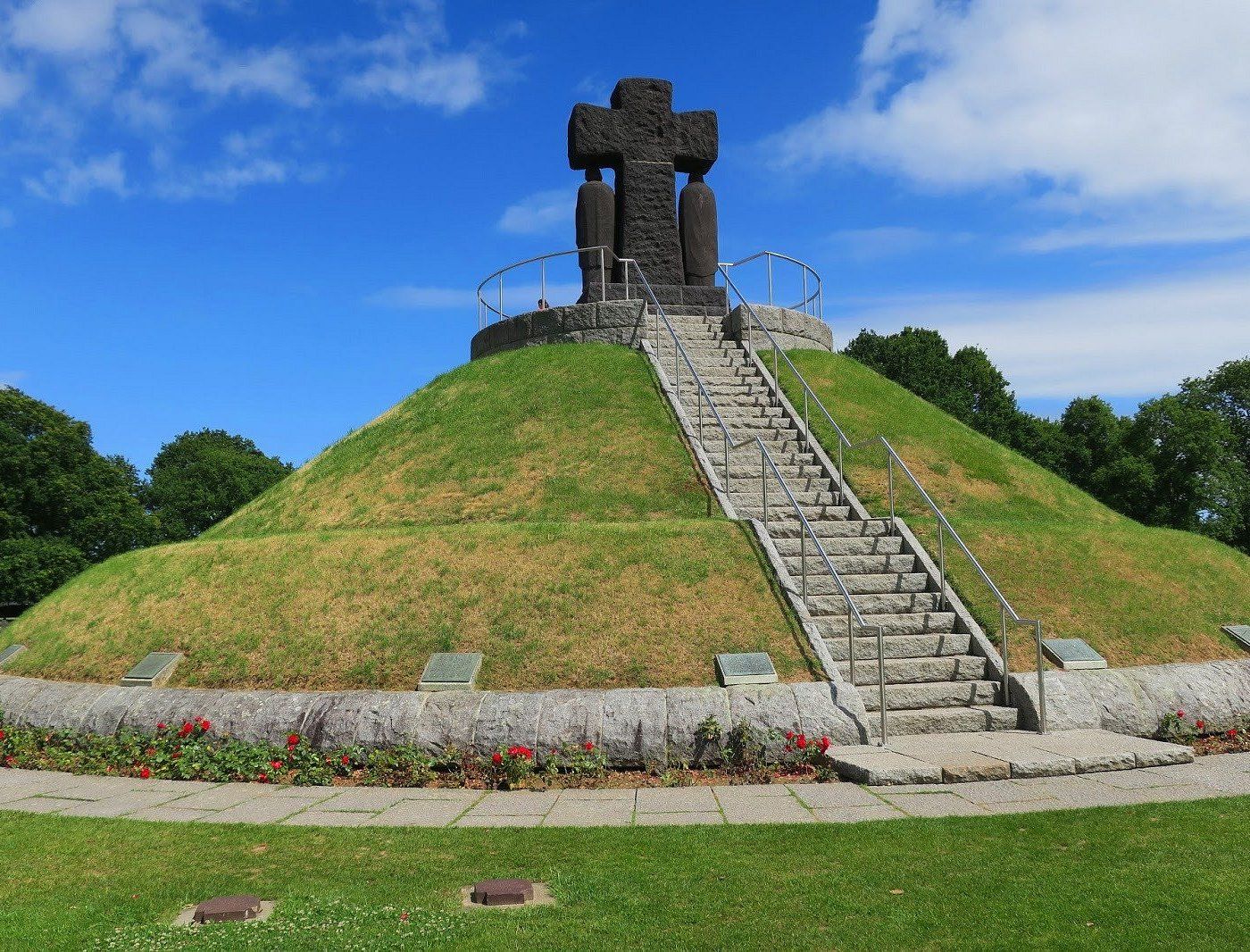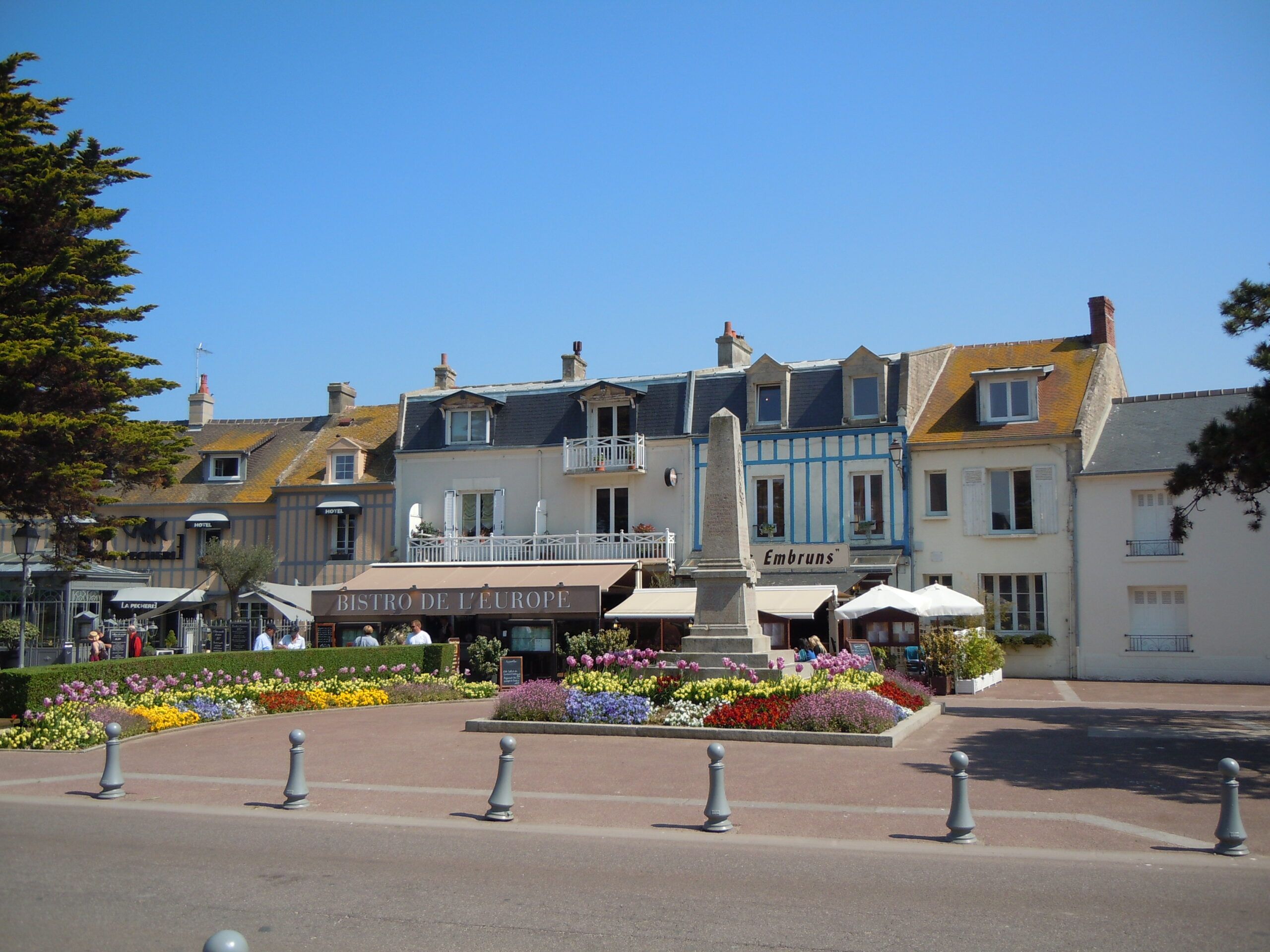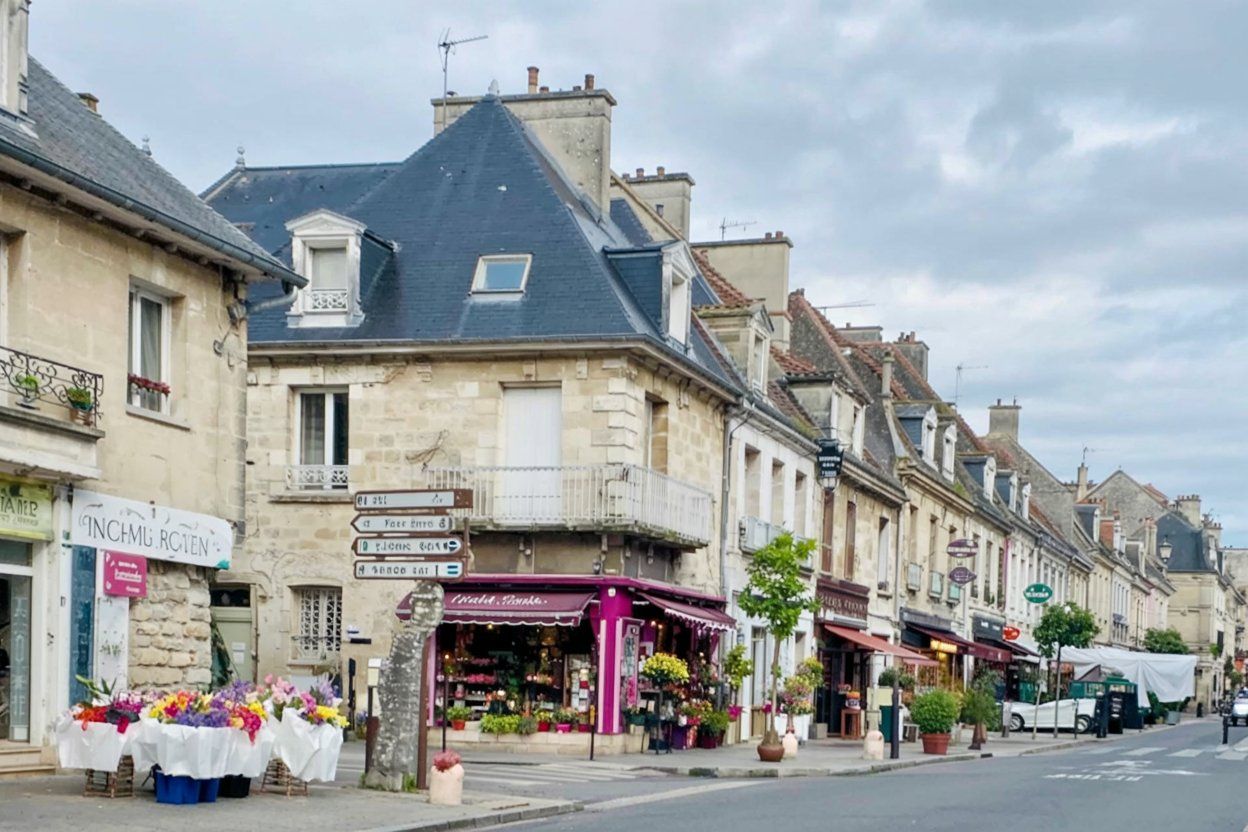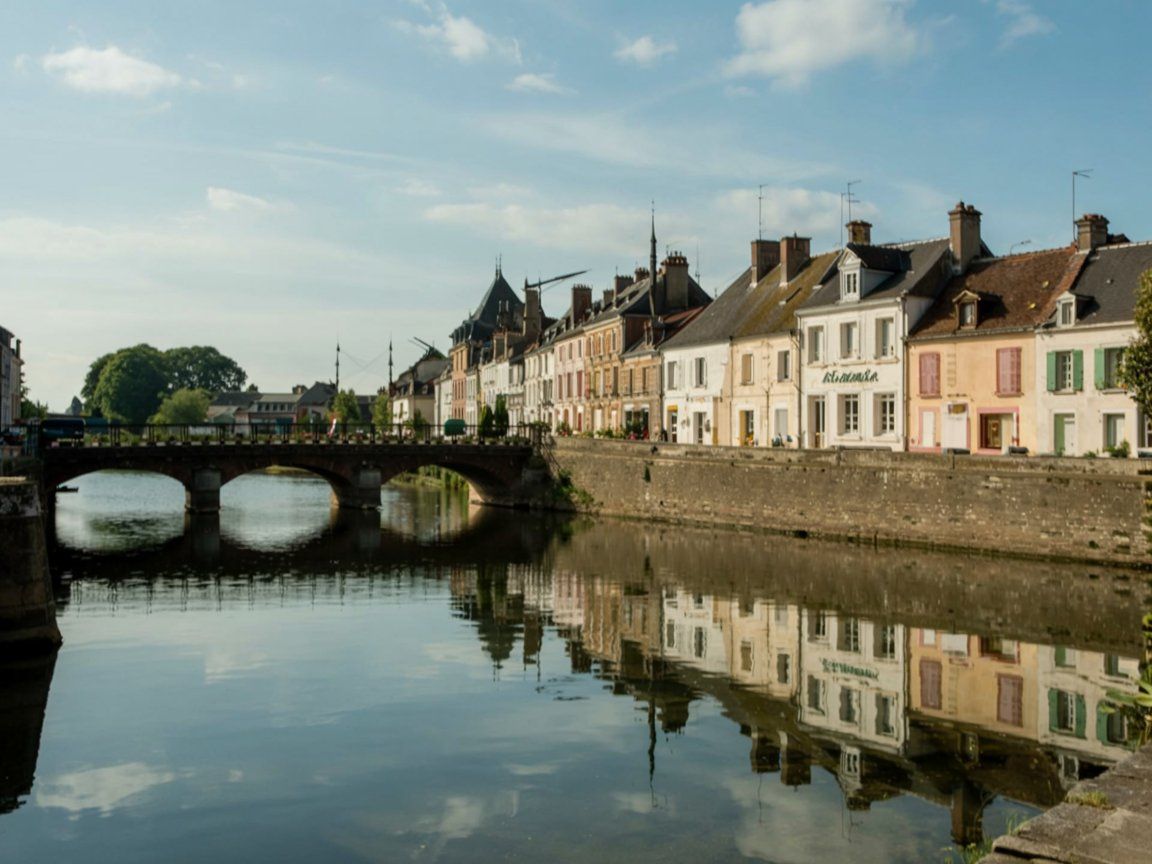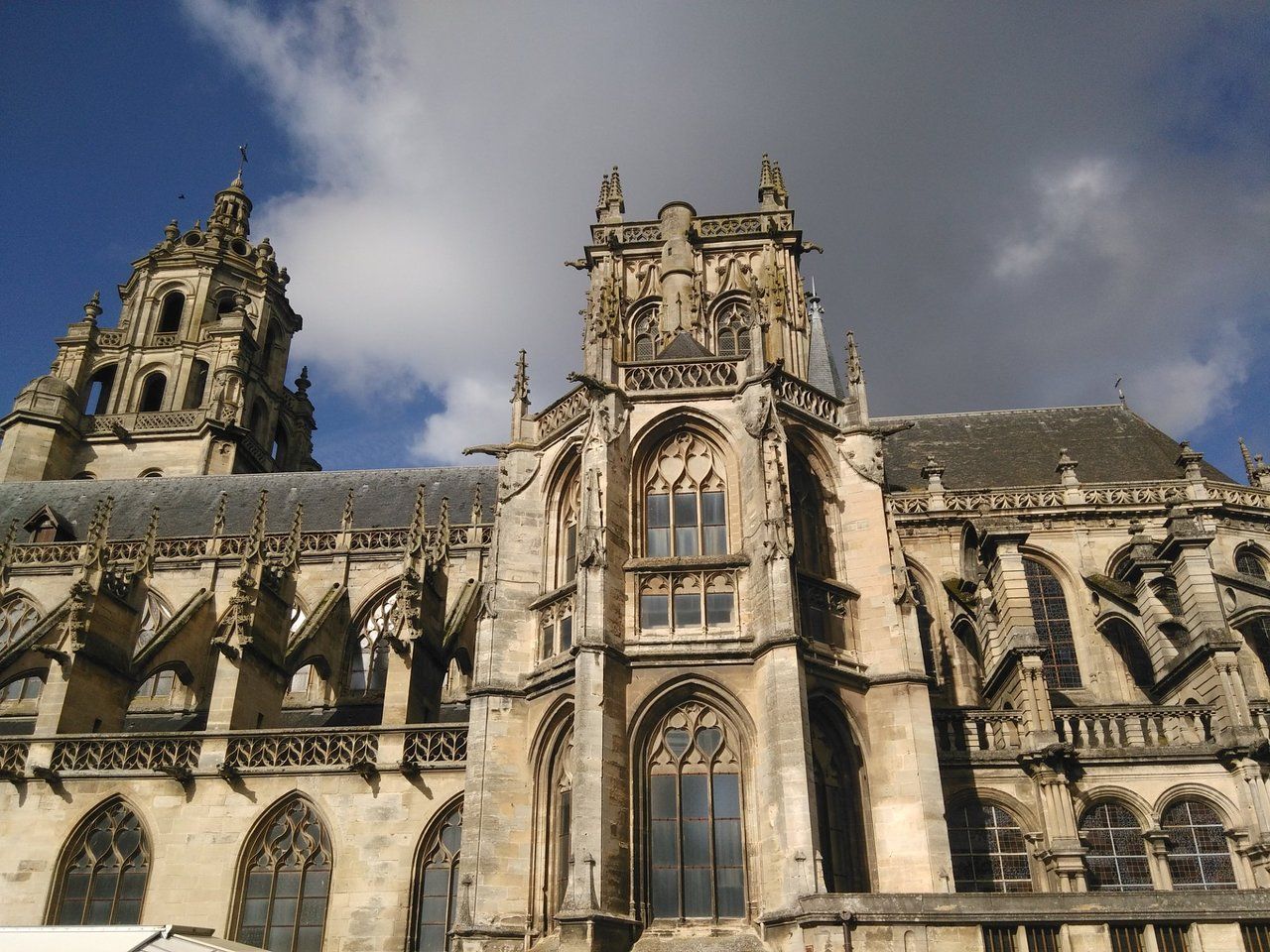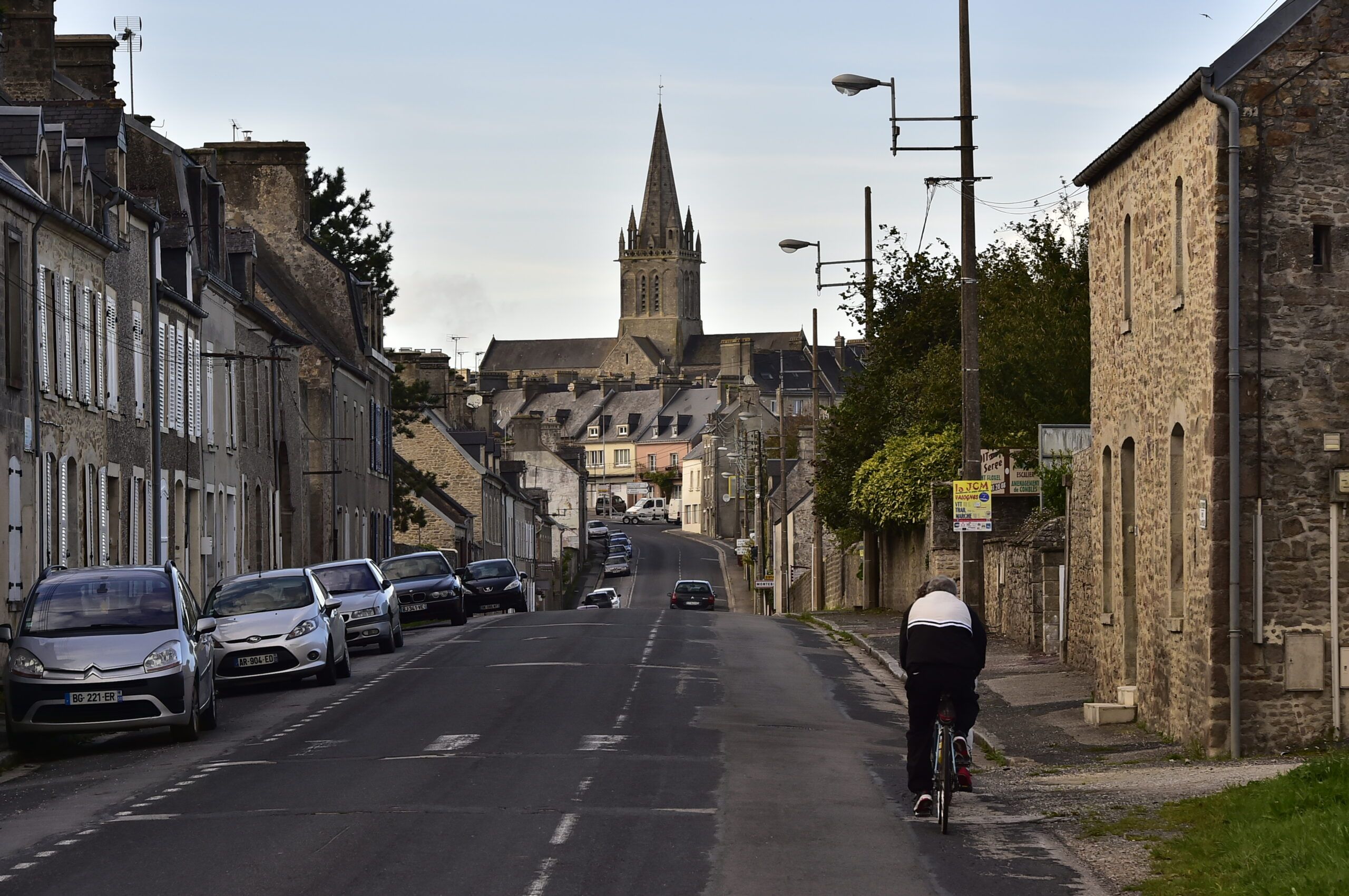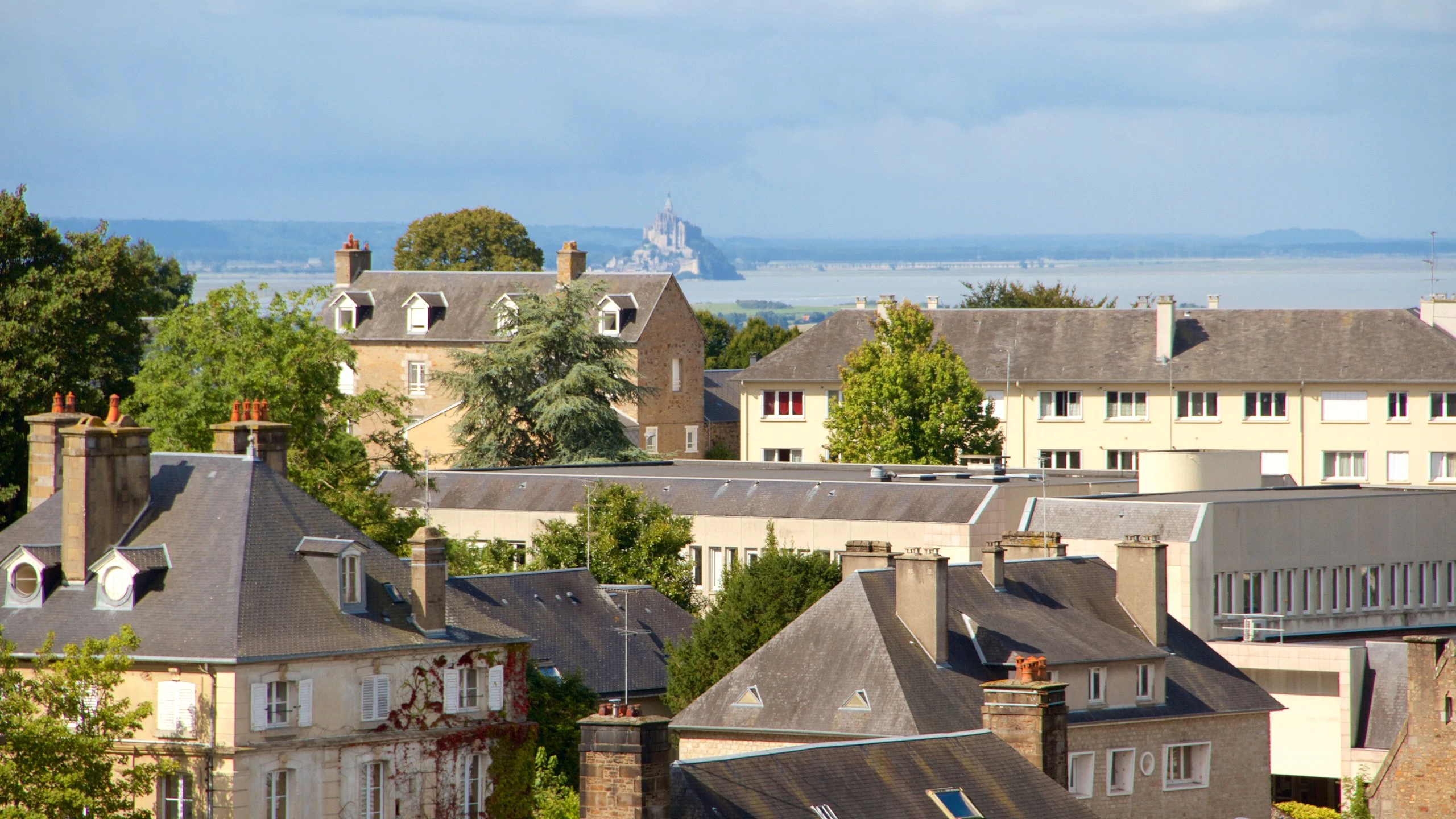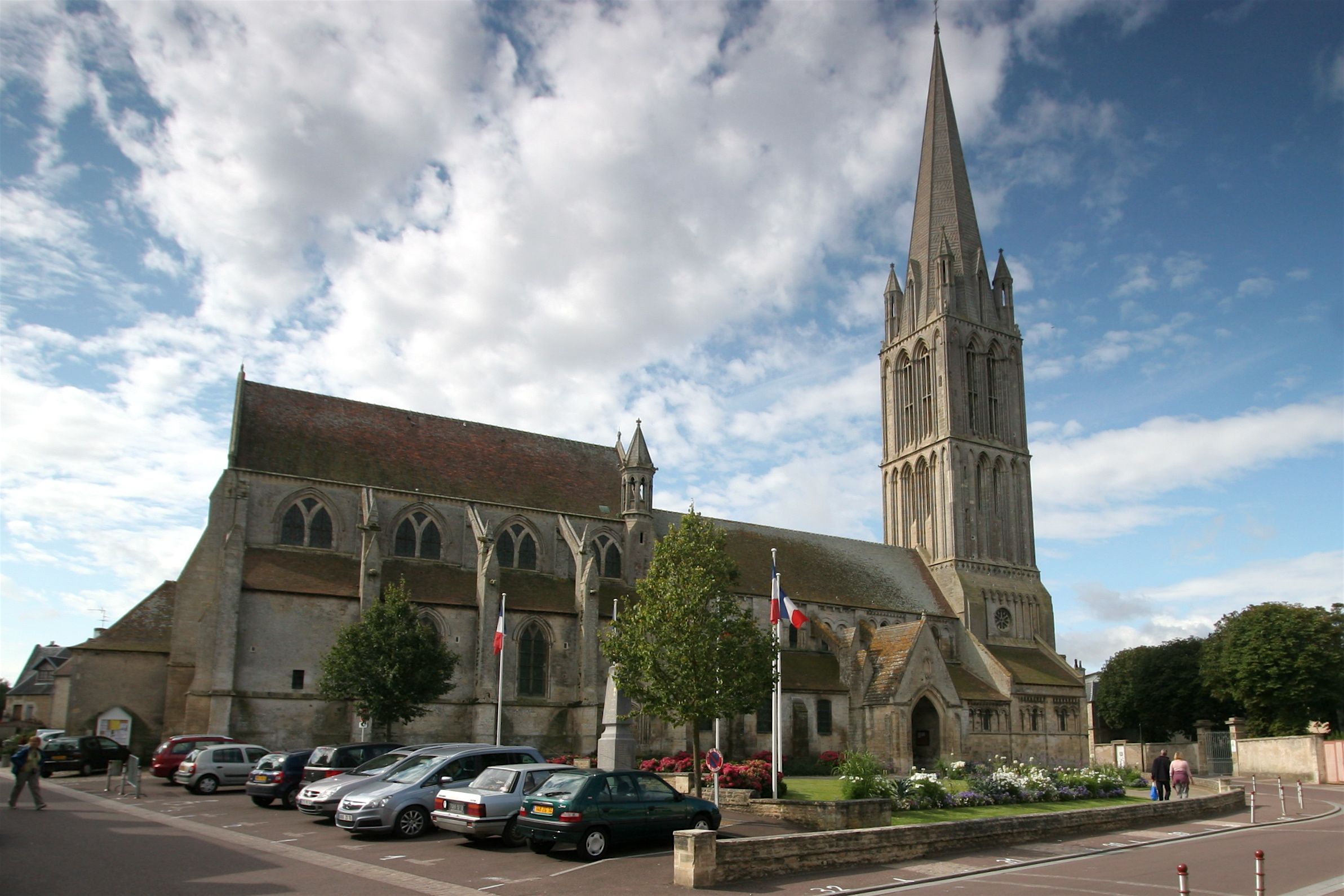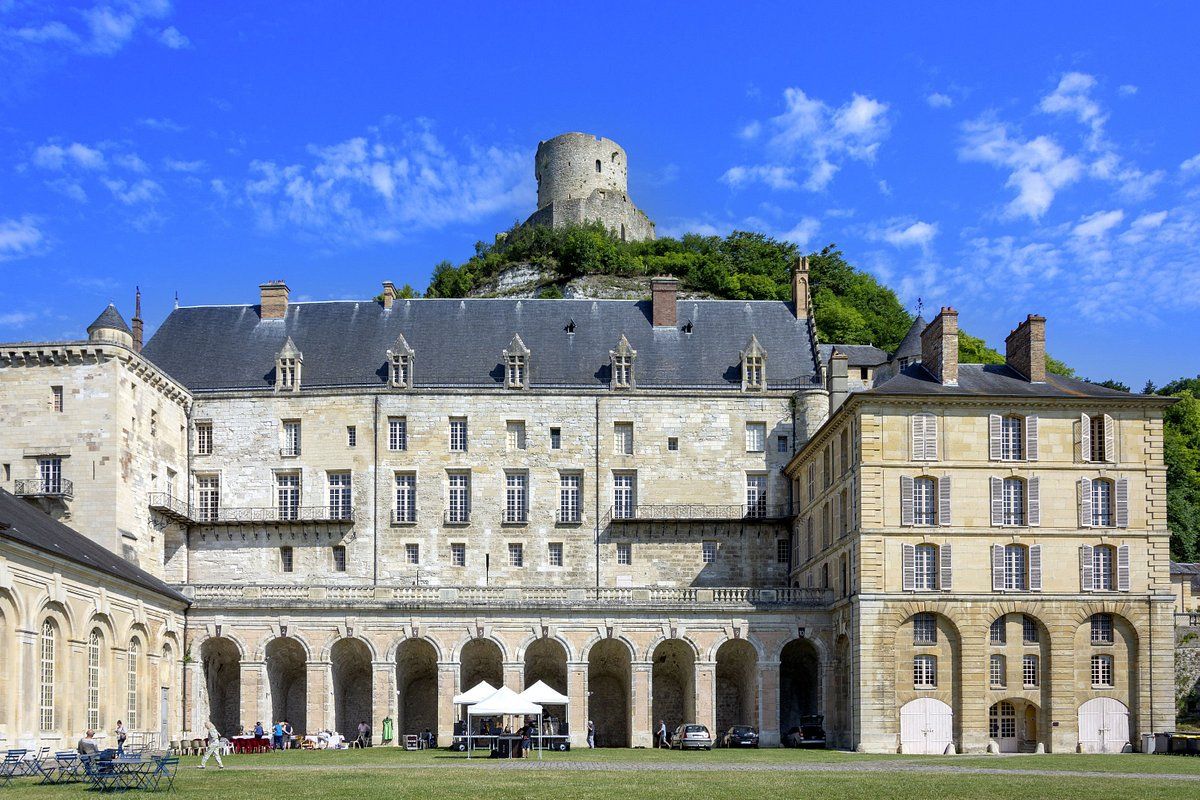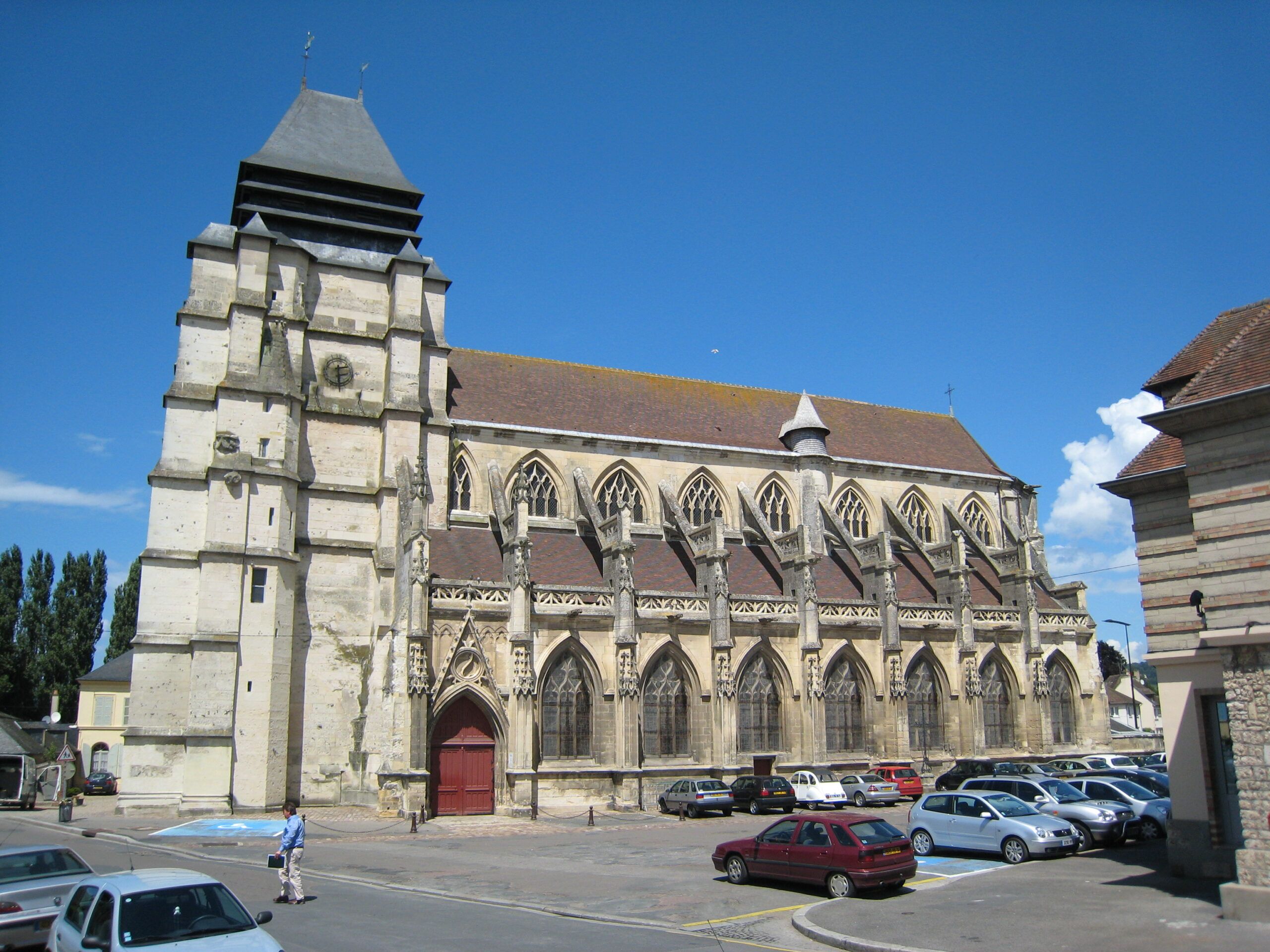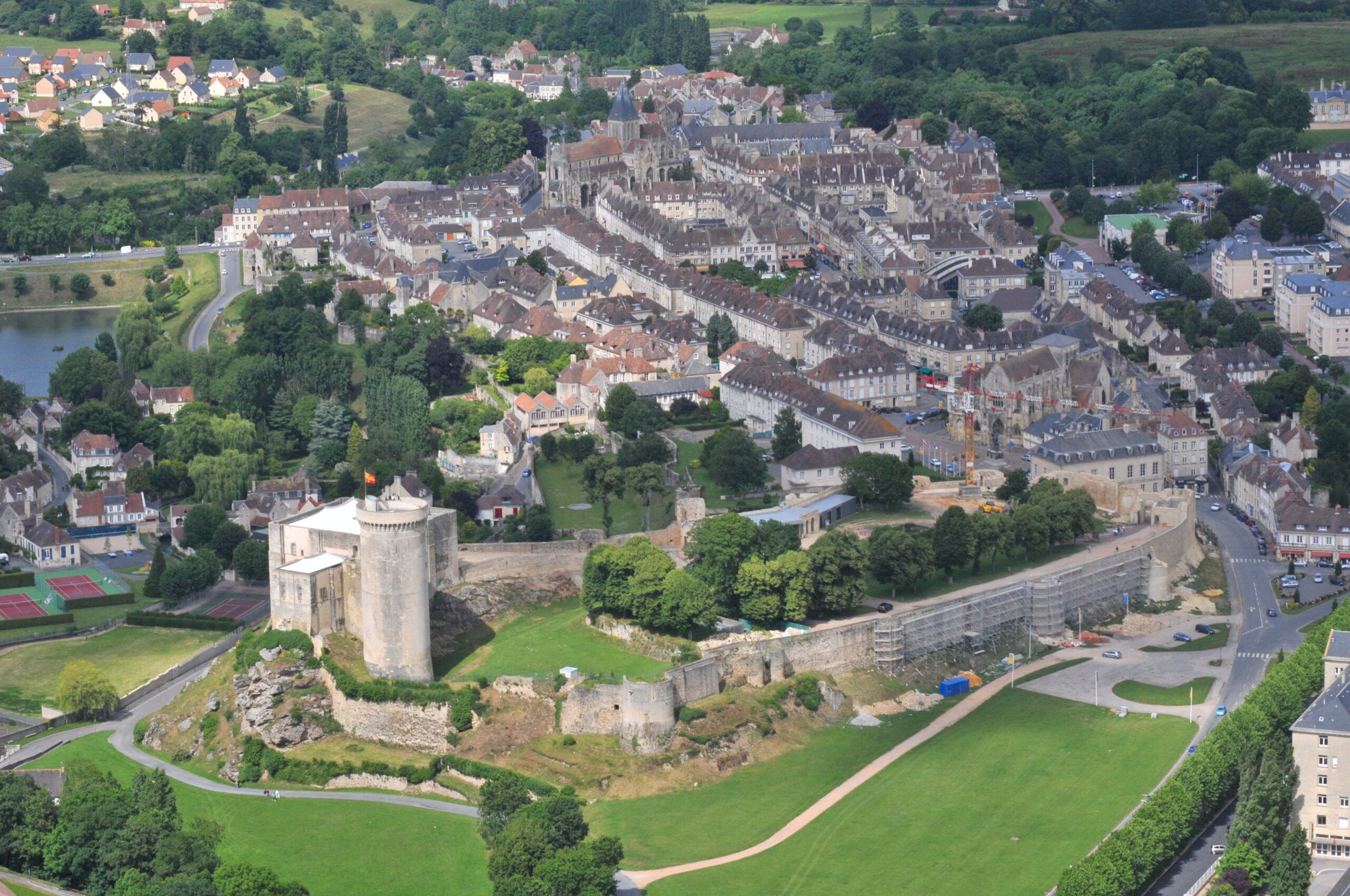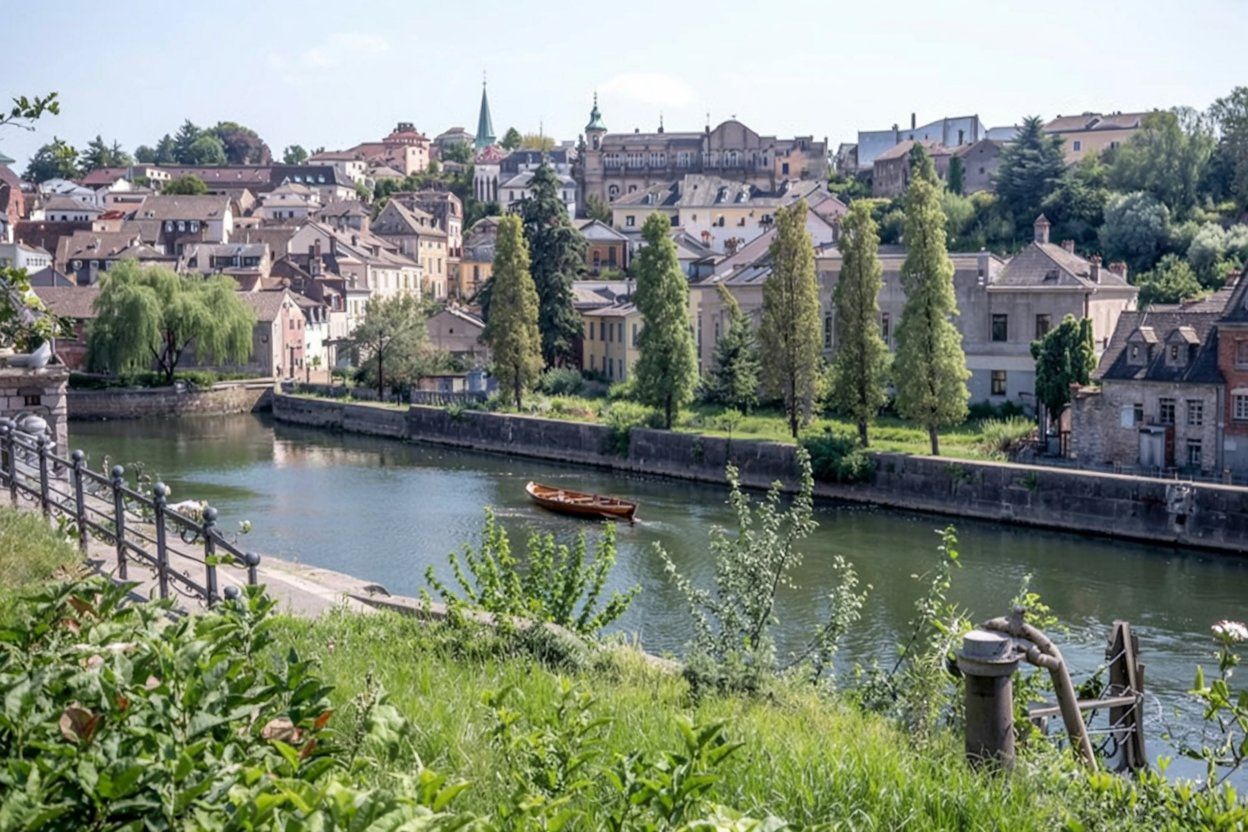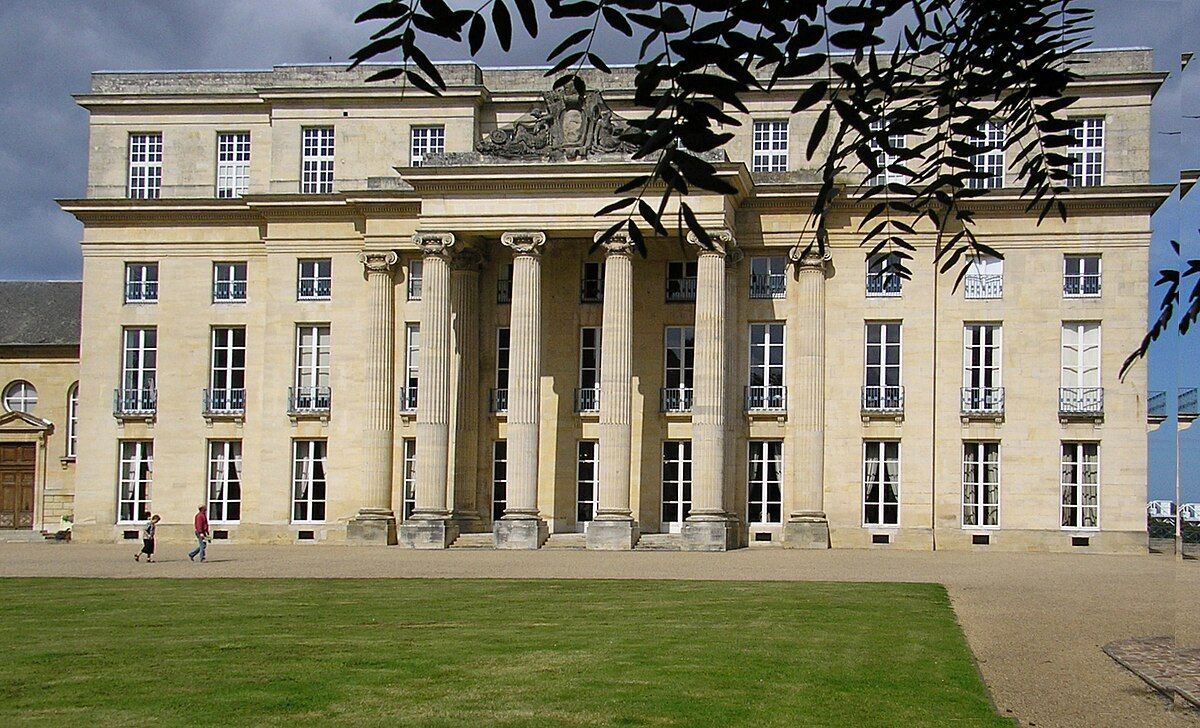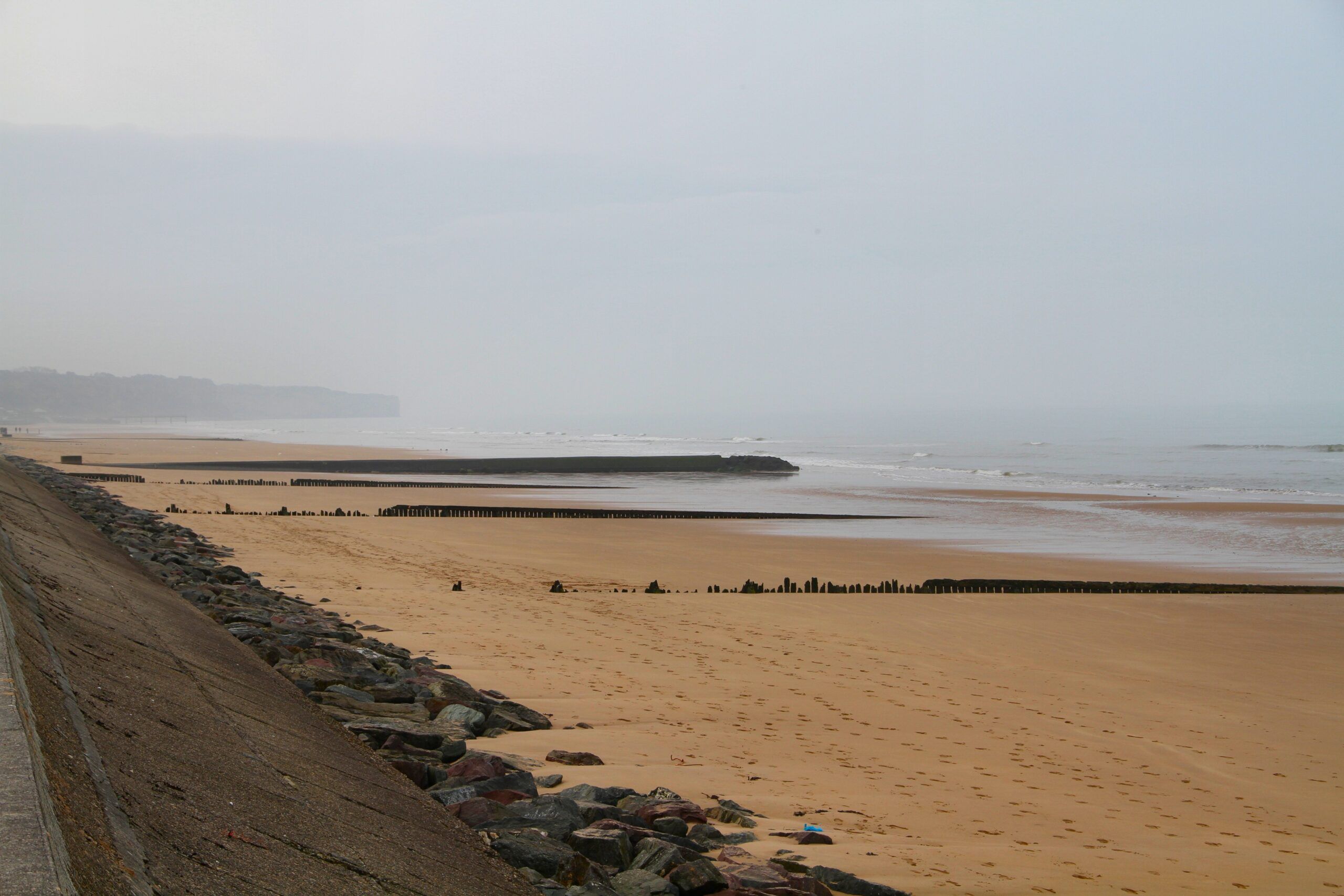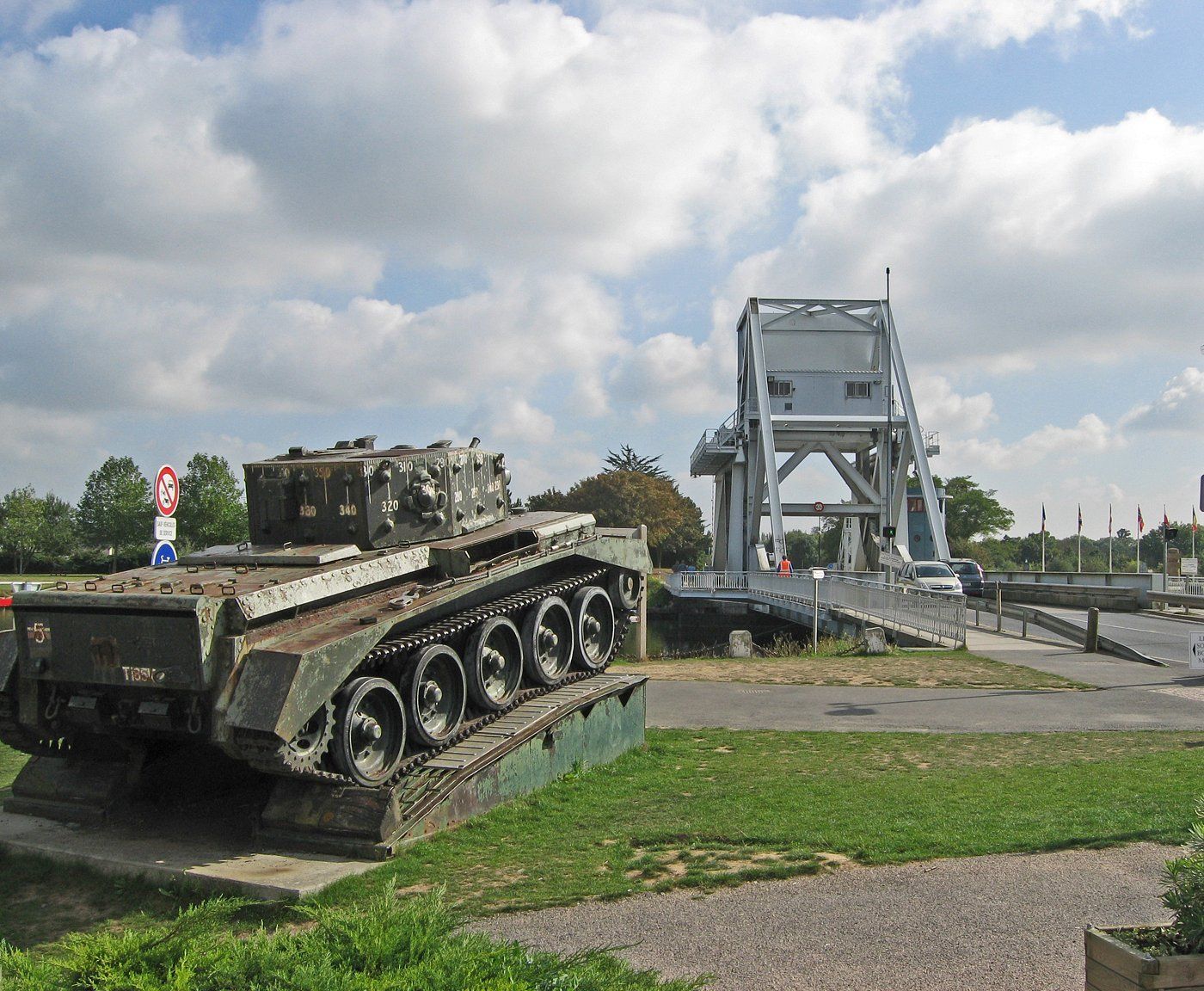Nestled along the Seine River, La Roche-Guyon gives you a rare chance to step into both WWII history and the everyday rhythm of a French village. This small town shot to strategic fame during the Normandy campaign, when Field Marshal Rommel made its medieval castle his headquarters before the D-Day invasion. Today, you can walk through the same castle where German officers mapped out their defense of Normandy—it’s a rare peek into the command structure that tried to hold back the historic landings.
Visiting La Roche-Guyon puts you in a sweet spot for exploring both the D-Day beaches and Normandy’s cultural gems. The town works well as a base for day trips to Omaha Beach and other landing sites, but without the crowds you’ll find in bigger tourist towns. The dramatic chalk cliffs and river views set a surprisingly peaceful scene, considering the town’s heavy wartime past.
Visit Recommended D-Day historic hotels and B&Bs along the invasion beaches.
Strolling La Roche-Guyon’s narrow streets, you’ll spot layers of history that go way beyond WWII. The castle itself began in medieval times, then grew and changed with each new century. You could easily spend a day poking through the castle’s war rooms, underground tunnels, and terraced gardens, then wander off to nearby D-Day sites or just settle in for a good meal in one of the village restaurants.
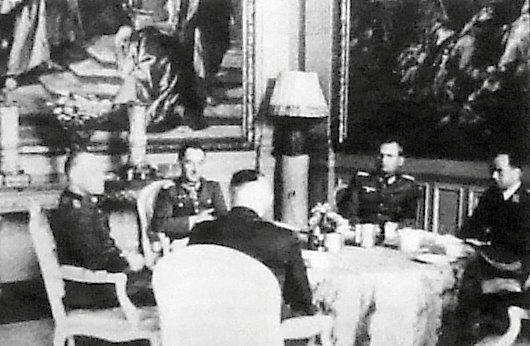
The Historical Significance of La Roche-Guyon During WW2
La Roche-Guyon played a big role during WWII as a Nazi military headquarters, thanks to its protected spot along the Seine. Field Marshal Erwin Rommel ran his command from the medieval castle during the tense months before the D-Day invasion.
La Roche-Guyon’s Role in D-Day Operations
Rommel, known as the “Desert Fox,” picked the château as his HQ in February 1944. The spot had a lot going for it:
- The castle’s limestone cliffs offered natural protection
- It was about 100 miles from the Normandy coast
- It connected easily to other German command posts
From this fortress, Rommel oversaw the Atlantic Wall defenses—those fortifications that snaked along the coast to keep the Allies at bay. The château gave German commanders a safe base to coordinate their preparations.
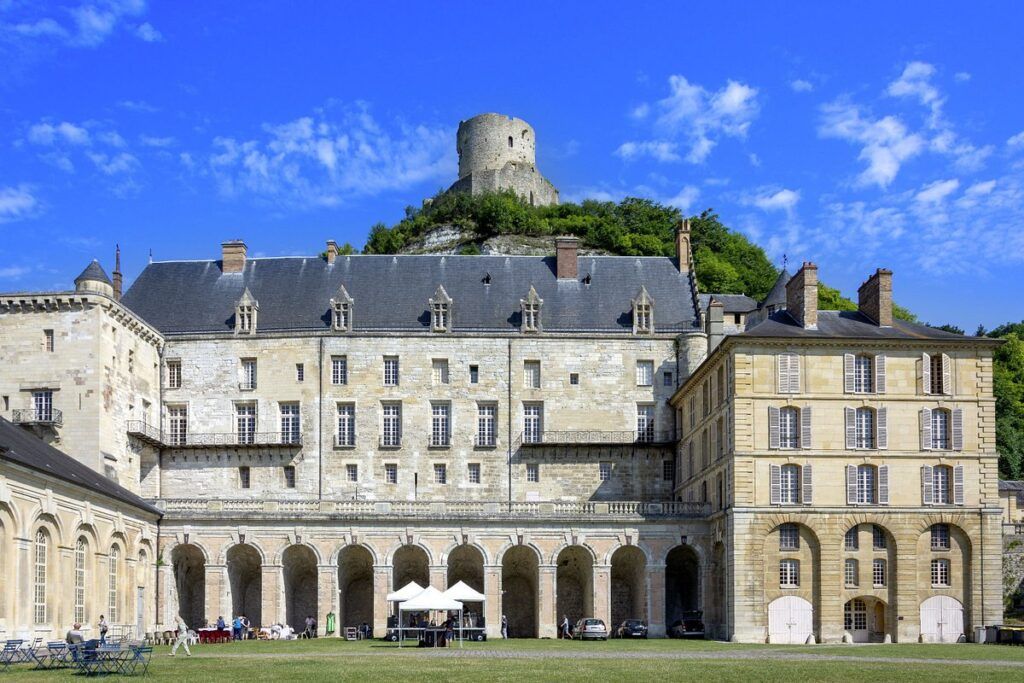
Nazi Occupation and Military Headquarters
The Nazi occupation turned this sleepy village into a hub of German military activity. After the 1940 takeover, La Roche-Guyon, like much of northern France, fell under Nazi control.
The château belonged to the La Rochefoucauld family, who had to stay put while the German high command moved in. Imagine living in your own home while it doubled as Nazi headquarters—awkward, to say the least.
German troops converted parts of the château and its tunnels for military use. They set up communications, reinforced rooms, and put up security barriers.
The village felt the occupation everywhere: German soldiers patrolled the streets, military vehicles rumbled through, and high-ranking officers came and went as Rommel and his team planned their defense.
Operation Overlord and the Invasion of Normandy
When the Allies launched Operation Overlord on June 6, 1944, La Roche-Guyon was at the heart of the German response. Strangely enough, Rommel missed the initial D-Day landings—he’d gone back to Germany for his wife’s birthday and a meeting with Hitler.
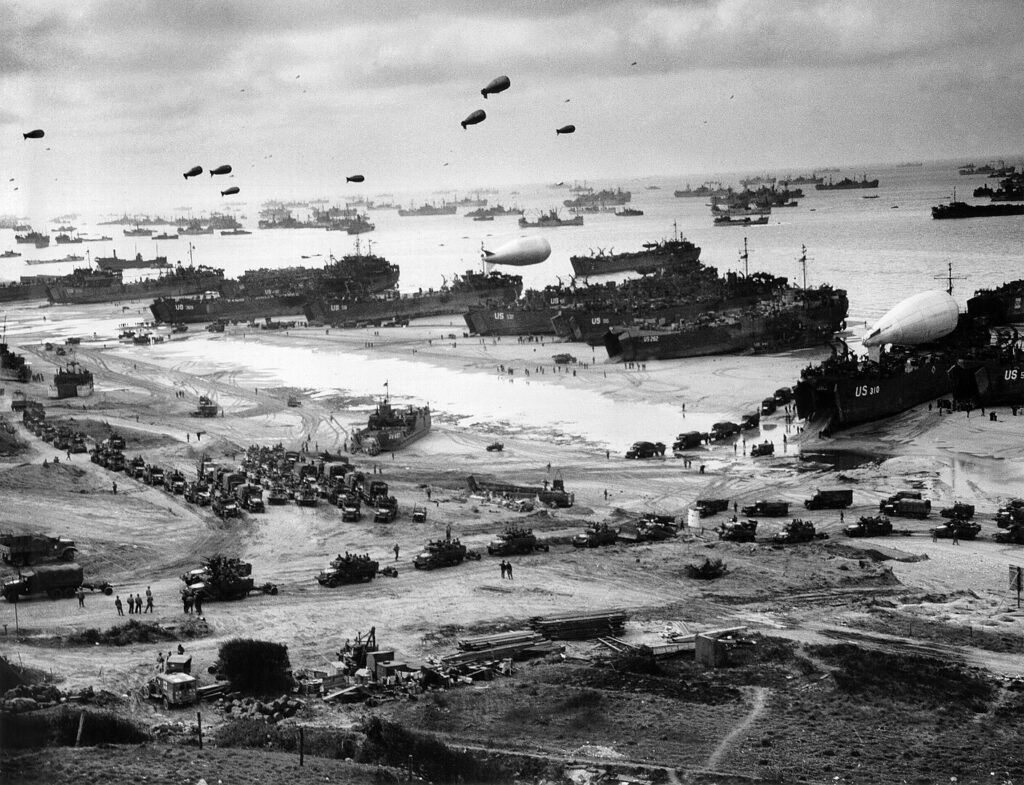
Once Rommel returned, the château’s command center buzzed as reports from the beaches poured in. Maps covered the tables, tracking the Allied push and German positions.
As the Allies advanced, La Roche-Guyon’s importance faded. The German command had to pull back east. By August 1944, the château stood empty—German forces had retreated ahead of the Allies.
Local Life Under Occupation
For locals, the Nazi presence meant strict military control. Life changed overnight with:
- Curfews and movement limits
- Food rationing and supplies taken by the occupiers
- Constant checks and surveillance
- Papers required just to travel to the next village
Relationships with the occupiers got complicated. Some villagers worked in service roles at the château, sometimes passing information to resistance networks.
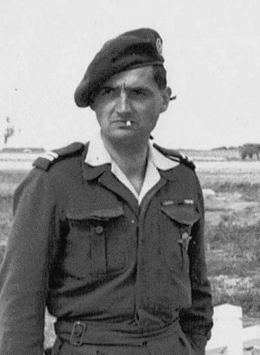
The La Rochefoucauld family had it especially tough—living in their own home but forced to share space with the German command. Their story gives you a sense of the moral gray areas many French families faced during the occupation.
Key WW2 Landmarks and Memorials in La Roche-Guyon
La Roche-Guyon carries deep WWII history as Rommel’s headquarters in the lead-up to D-Day. Several landmarks in town still tell the story of German occupation and the scramble to prepare for the Allied invasion.
The Château de La Roche-Guyon
This medieval château became Rommel’s HQ in February 1944. Today, you can visit the rooms where the “Desert Fox” pored over plans for the Atlantic Wall. The château’s perch above the Seine made it perfect for military command.
The Germans beefed up the castle’s defenses. Inside, you’ll see exhibits with maps and documents from the occupation years. The command room, where Rommel and his officers strategized, is a highlight.
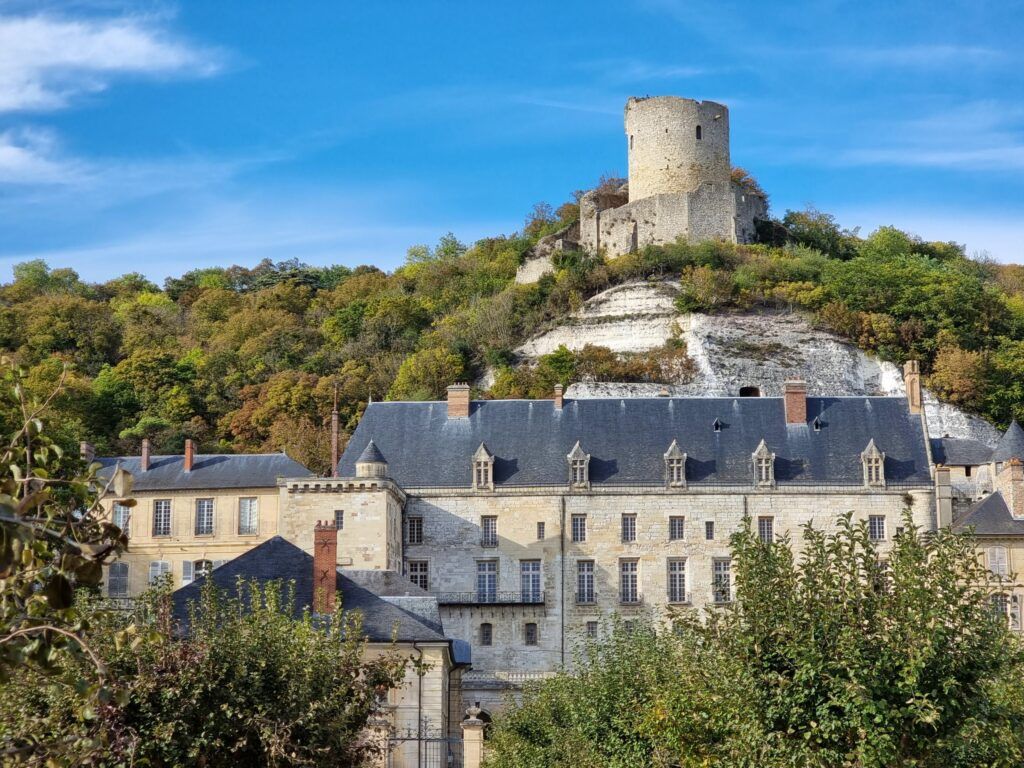
Don’t miss the preserved communications center, with some original gear still on display. Guided tours dig into daily life during the occupation and share how the French family managed to keep living in part of the château, even as German officers moved in.
Bunkers and Fortifications
Concrete bunkers still dot the chalk cliffs above La Roche-Guyon—remnants of the Atlantic Wall defenses. Some are open for guided tours.
The largest bunker system has several chambers carved right into the cliffs. German engineers built these to withstand bombings. Inside, you’ll spot traces of old power lines, ventilation, and defensive setups.
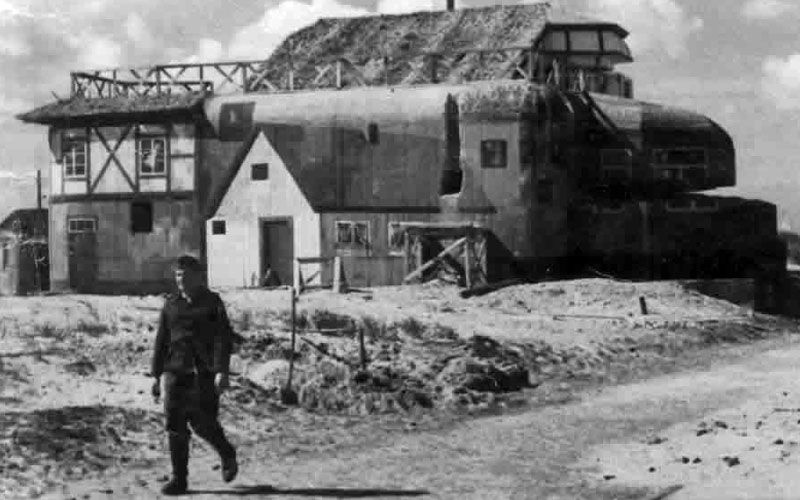
Look for observation posts with sweeping views of the Seine Valley. From here, German troops kept an eye on the river. Info panels explain how these fortifications linked up with the wider Atlantic Wall network along the coast.
Commemorative Plaques and Local Memorials
Throughout town, plaques mark key sites from the occupation. The town hall displays a memorial honoring local resistance members and civilians who suffered during the war.
Near the church, a small monument honors residents who helped downed Allied airmen escape. The plaque lists names and dates—real people who risked everything.
The cemetery contains graves of resistance fighters executed by the Germans. Every June, the town hosts a remembrance ceremony at these sites.
There’s also a tiny museum room in the village center with artifacts, photos, and personal stories from locals who lived through the occupation.
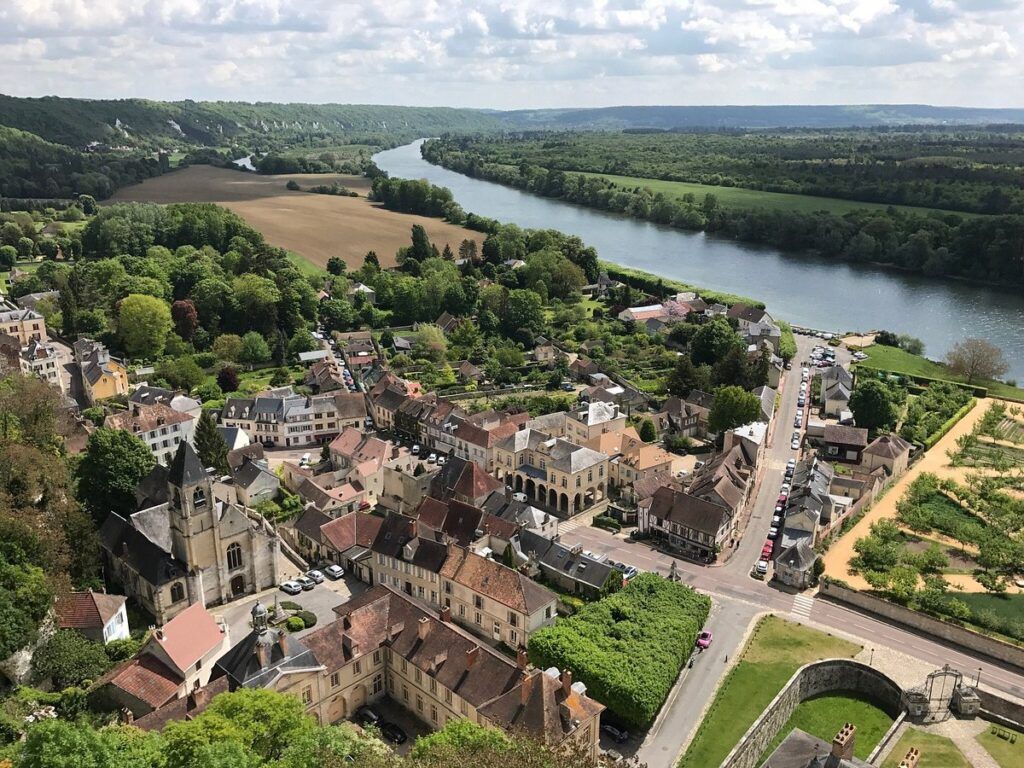
Visiting La Roche-Guyon: Present Day Experience
These days, visitors to La Roche-Guyon can dive into its WWII history while enjoying modern comforts. The village offers guided tours, river cruises, and authentic local food that really tie past and present together.
Stay steps from Omaha Beach and historic landmarks. Best rates on local accommodations.
Guided WW2 Tours
Specialized tours focus on the village’s WWII history. Guides walk you through the Château de La Roche-Guyon, sharing stories from when Rommel ran his HQ there in 1944. Tours usually last 2-3 hours and cost €20-35 per person.
Small groups get more in-depth context, often including visits to the castle’s bunker system where German officers planned defenses. Private guides (about €100-150 per day) can customize your experience and often have great stories about local resistance and daily life under occupation.
It’s smart to book ahead, especially in summer (June-August) when D-Day anniversaries draw more visitors.
Recommended D-Day Tours:
- American D-Day Sites in Normandy Full-Day Tour
- American D-Day Sites in Normandy Half-Day Tour
- Half-Day Normandy WWII Sidecar Tour
- Full-Day US Battlefields of Normandy Tour
River Cruises and Excursions
The Seine River offers a different view of La Roche-Guyon’s cliffside setting. Viking River Cruises and others stop here on Normandy routes.
Day cruises from Paris (about 1.5 hours away) let you combine La Roche-Guyon with other Seine Valley sights. Prices run €60-120, depending on length and extras.
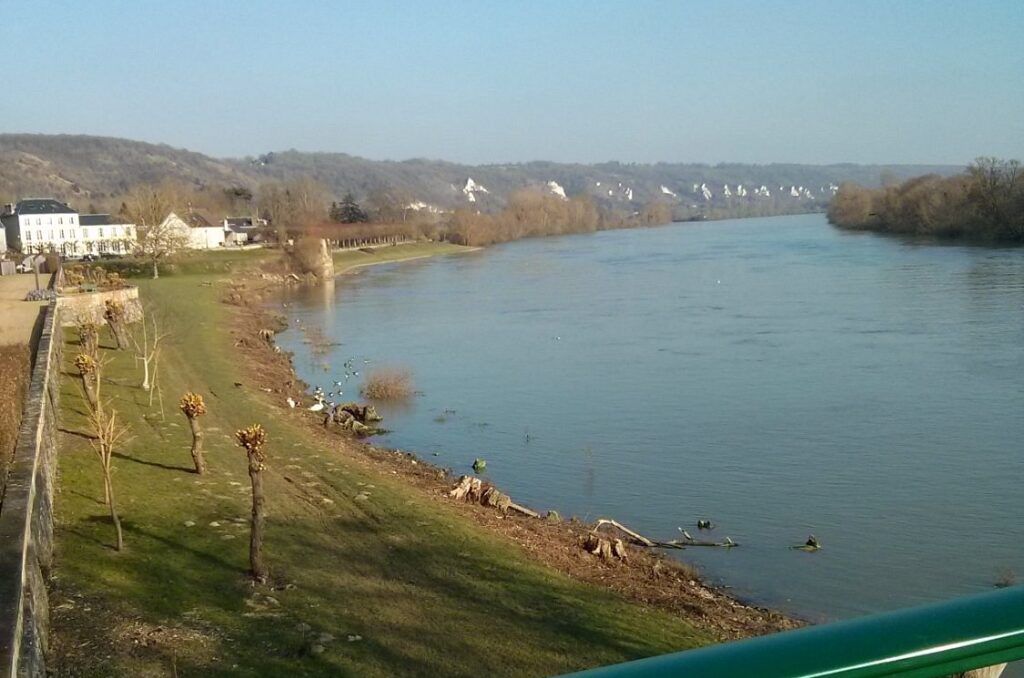
Smaller boats offer 1-hour tours focused just on La Roche-Guyon’s riverside. These usually run April through October if the weather holds.
If you’re feeling active, you can rent a kayak for €25 per half-day and paddle at your own pace—no special skills needed, the current’s gentle.
Gastronomy and Local Markets
The food scene here highlights Normandy’s best. The Saturday morning market (8am-1pm) features local cheeses—think creamy Brie and Camembert.
Several cafés near the château serve simple lunches, with outdoor seating when it’s warm. For a classic Norman meal, Restaurant Le Coq Hardi is known for apple-based dishes and local ingredients.
Nearby cider houses offer tastings—both alcoholic and non-alcoholic apple drinks.
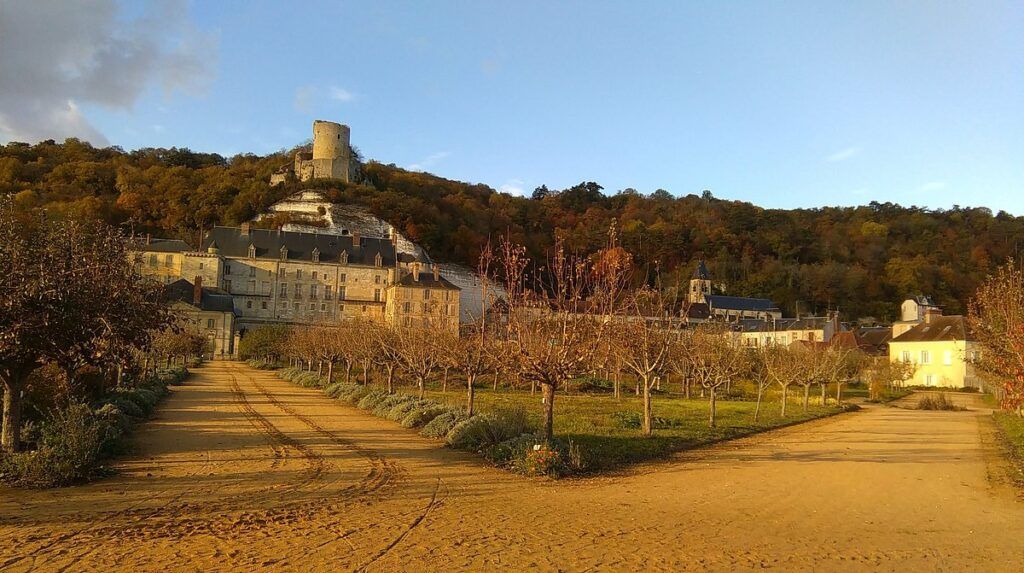
Some local specialties to try:
- Teurgoule (cinnamon rice pudding)
- Poulet Vallée d’Auge (chicken with apples and cream)
- Fresh seafood from the coast
Heads up: Many restaurants close between lunch and dinner (2:30-7:00pm), so plan your meals accordingly.
Find the perfect base for exploring Utah Beach, Pointe du Hoc, and beyond.
Nearby D-Day Beaches and Museums
La Roche-Guyon serves as a great base for exploring Normandy’s D-Day sites. Several major beaches and museums are within driving range, each offering a different angle on the Allied invasion that changed WWII.
Omaha Beach and Colleville-sur-Mer
Omaha Beach, about 75 miles (120 km) from La Roche-Guyon, saw some of the fiercest D-Day fighting. American troops faced steep cliffs and heavy resistance here on June 6, 1944.
Now, the wide sandy beach feels peaceful, but the history is palpable. You can still spot memorials and remains of German bunkers.
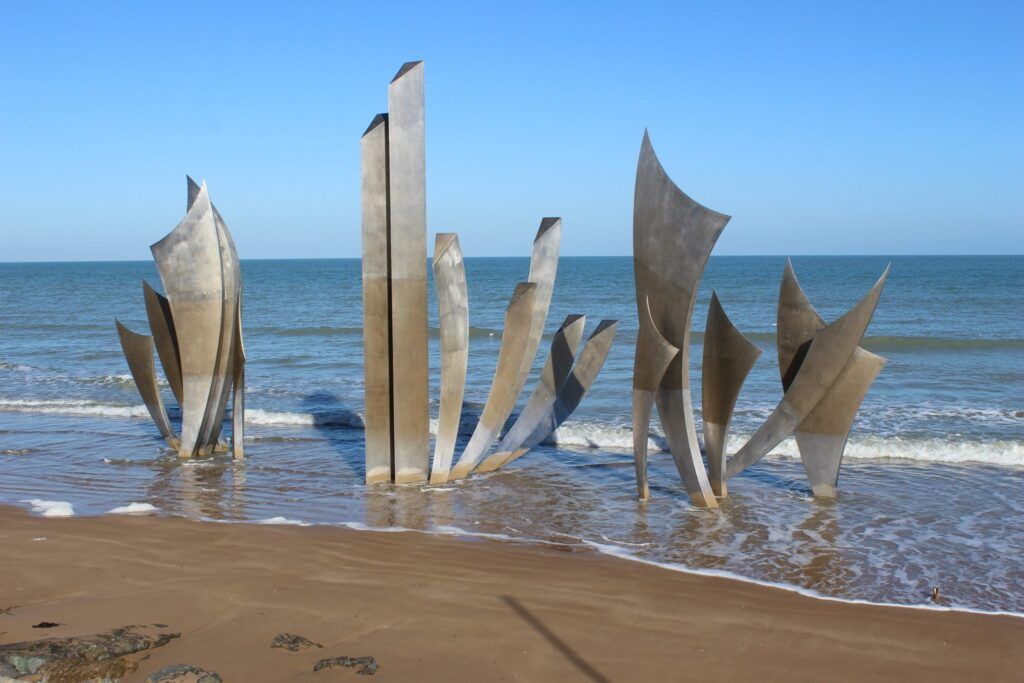
Colleville-sur-Mer is home to the American Cemetery, overlooking the beach. With 9,388 white crosses and Stars of David, it’s a moving place. The visitor center shares exhibits and stories of those who fell.
Give yourself 2-3 hours here. Mornings often have clearer skies for views across the Channel.
Gold Beach and Arromanches
Gold Beach, assigned to the British, sits about 80 miles (130 km) from La Roche-Guyon. Arromanches nearby played a key role in the Allied supply effort.
The most striking sight: the remains of the Mulberry Harbor, an artificial port built to unload supplies. At low tide, you’ll see the concrete blocks still in the water.
The Arromanches D-Day Museum explains how the harbor worked, with models and exhibits. There’s also a circular cinema showing “Normandy’s 100 Days,” a 360° film that puts the battle in context.
Juno Beach and Canadian Memorial
Juno Beach, about 85 miles (137 km) away, was where Canadian troops landed. Despite strong resistance, Canadians advanced further inland than any other Allied force on day one.
The Juno Beach Centre near Courseulles-sur-Mer works as both museum and memorial. Interactive exhibits cover military and civilian stories, as well as Canadian wartime culture.
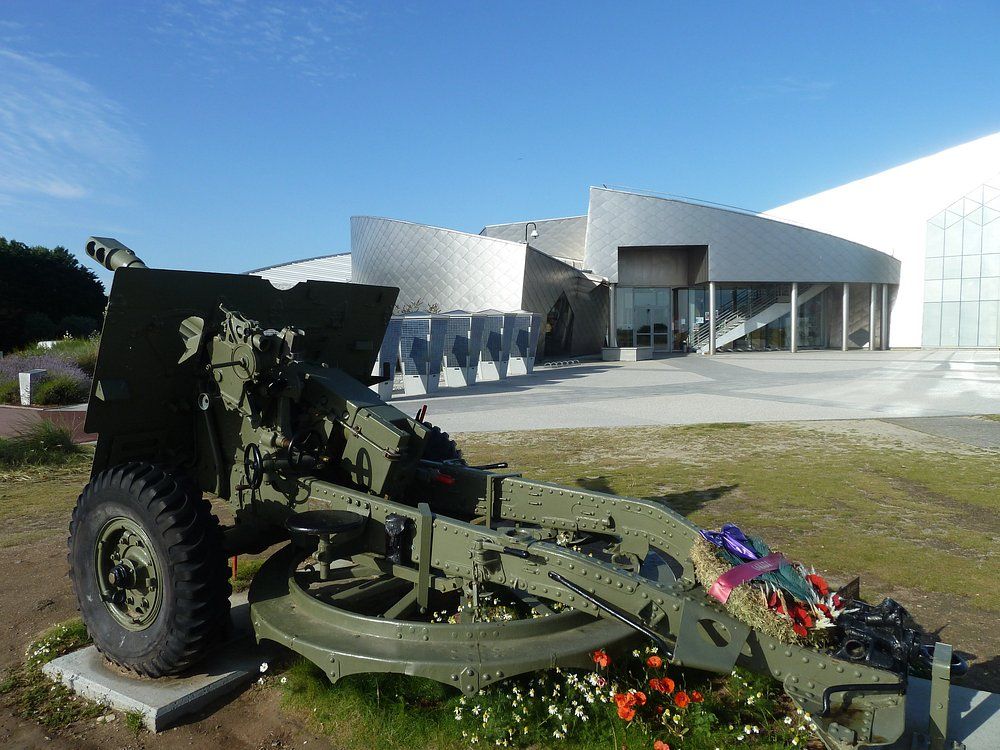
Outside, you’ll find German bunkers and walking paths along the beach. Guided tours explain the specific landing points and objectives.
The memorial lists the names of 359 Canadians who died on D-Day.
D-Day Museum and 3D Scale Models
For a bigger-picture look at the Normandy invasion, the Memorial Museum in Caen (90 miles/145 km away) has detailed exhibits on all aspects of WWII.
3D scale models in the museum recreate the landing beaches, showing how the landscape shaped the battle.
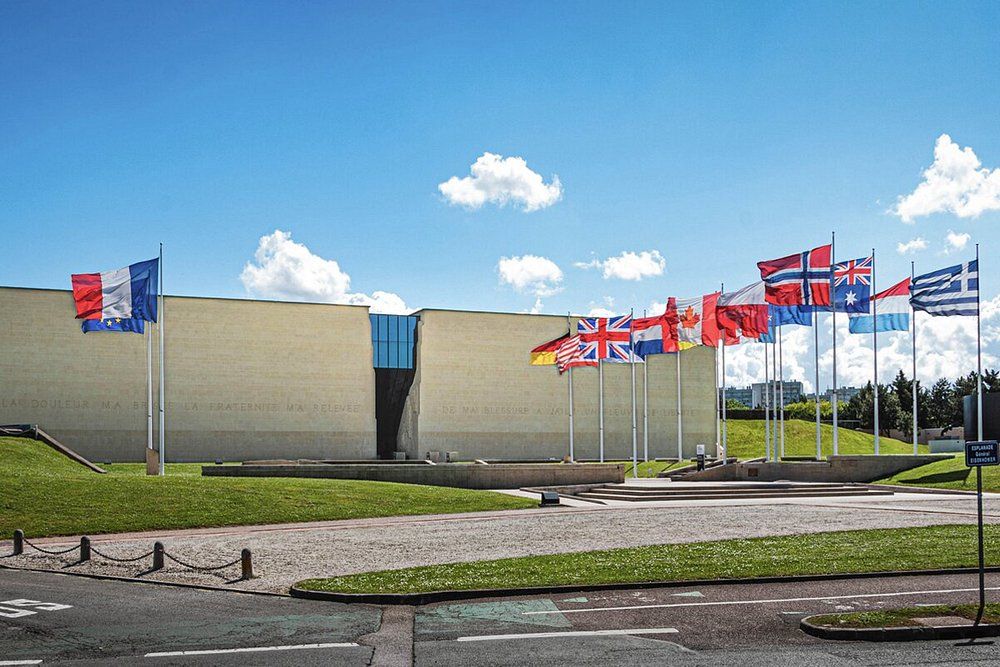
Bayeux, about 85 miles (137 km) away, has the Memorial Museum of the Battle of Normandy with extensive military exhibits and an impressive collection of vehicles, weapons, and uniforms.
For a look at the German side, check out the battery at Longues-sur-Mer, where original 150mm guns still face the Channel.
Find comfortable stays within moments of historic battlegrounds
Exploring The Natural and Artistic Heritage
La Roche-Guyon isn’t just about war history. The area’s natural beauty and artistic legacy have brought visitors for centuries, especially fans of Impressionist art.
The Seine River Valley
The Seine snakes through the landscape near La Roche-Guyon, creating gorgeous views. From the castle, you can see the river winding through the valley below.
The river shaped the region’s history—locals have used it for travel, farming, and fishing forever.
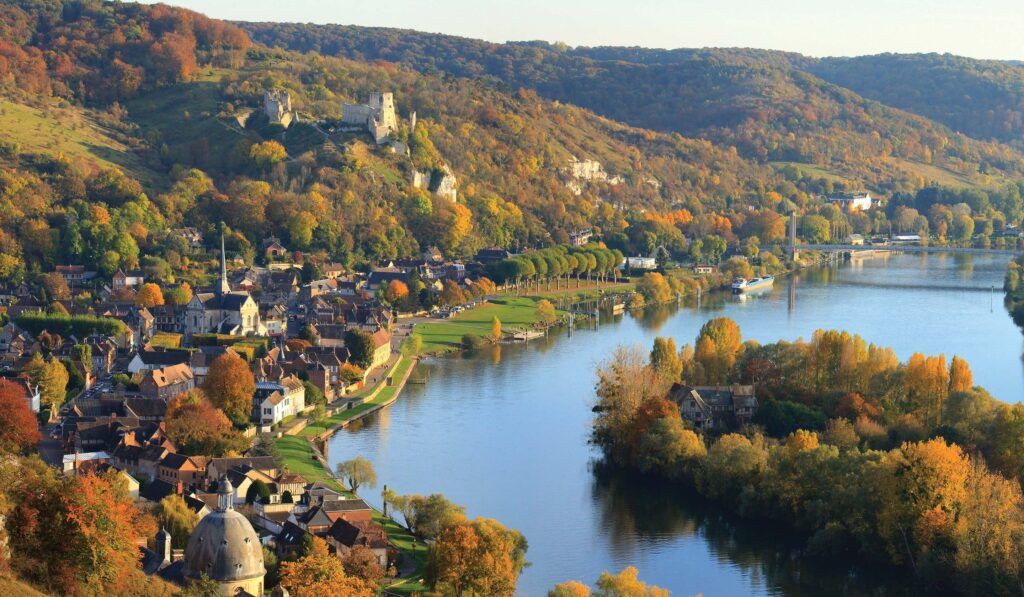
Take a walk along the riverbanks. The peaceful trails are great for photos and spotting wildlife. Seasonal boat tours give you a fresh angle on the château and cliffs.
The limestone cliffs rise sharply from the river, giving La Roche-Guyon its distinctive look—and its strategic value through the ages.
Claude Monet and Giverny
Just 15 kilometers away, Giverny is home to Claude Monet’s famous gardens and house. Monet lived here from 1883 to 1926, painting some of his best-loved works.
The gardens split into two main areas:
- The Clos Normand flower garden, bursting with color
- The Japanese-style water garden, complete with pond and bridges
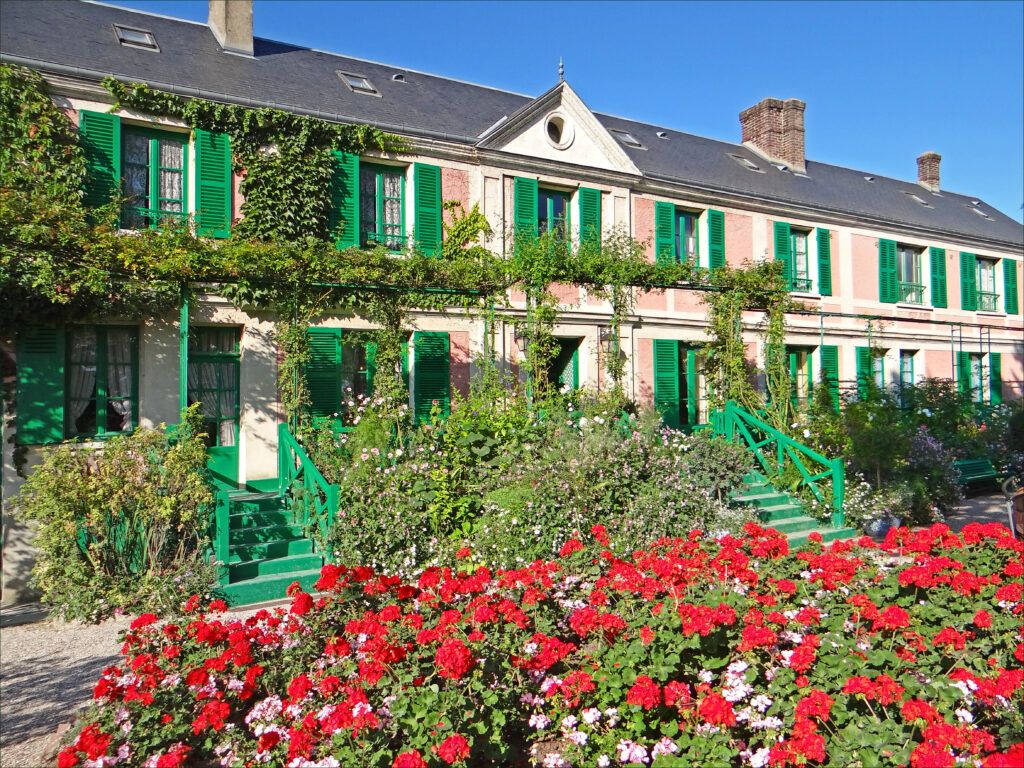
The water lilies and bridges Monet painted are still here. His house is now a museum, so you can peek into his studio and living spaces.
Try to visit early to dodge the crowds. The gardens open from late March to November, with the best blooms in late spring and summer.
Impressionist Painters’ Influence
The Seine Valley’s light and landscapes pulled in many Impressionist painters besides Monet. Alfred Sisley, Camille Pissarro, and Renoir all painted scenes from this region.
The shifting light on the river and cliffs inspired the Impressionists’ focus on capturing fleeting moments and moods.
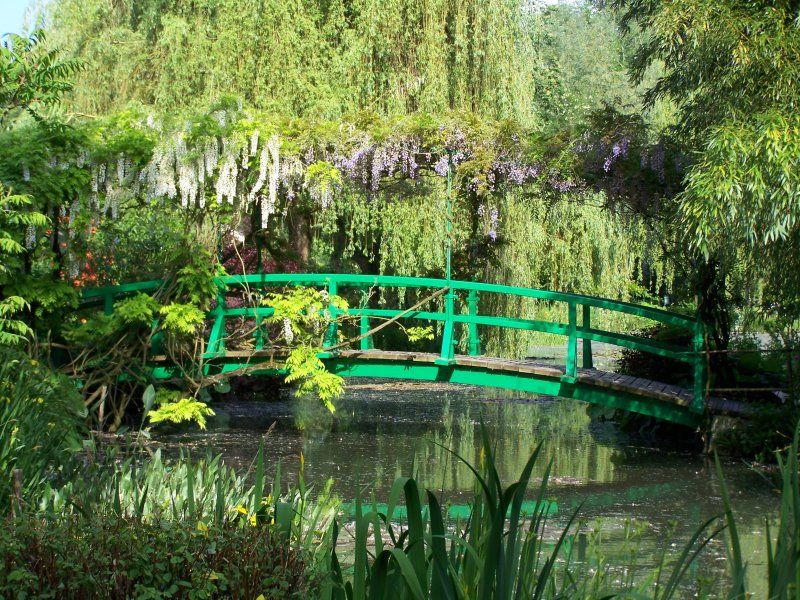
You can stand where they did by visiting viewpoints around La Roche-Guyon. Some spots match up with scenes from famous paintings.
Nearby galleries often show work by today’s artists, still inspired by the valley’s beauty. The tradition continues in local studios and art schools.
Discovering Nearby Villages and Medieval Sites
While you’re in the La Roche-Guyon area, don’t miss the nearby villages—each one offers a slice of medieval France and a change of pace from the region’s WWII focus.
Lyons-la-Forêt and Les Andelys
Lyons-la-Forêt is only 30 minutes away. The village is famous for its half-timbered houses and an 18th-century market square. The covered market comes alive on weekends with local vendors.
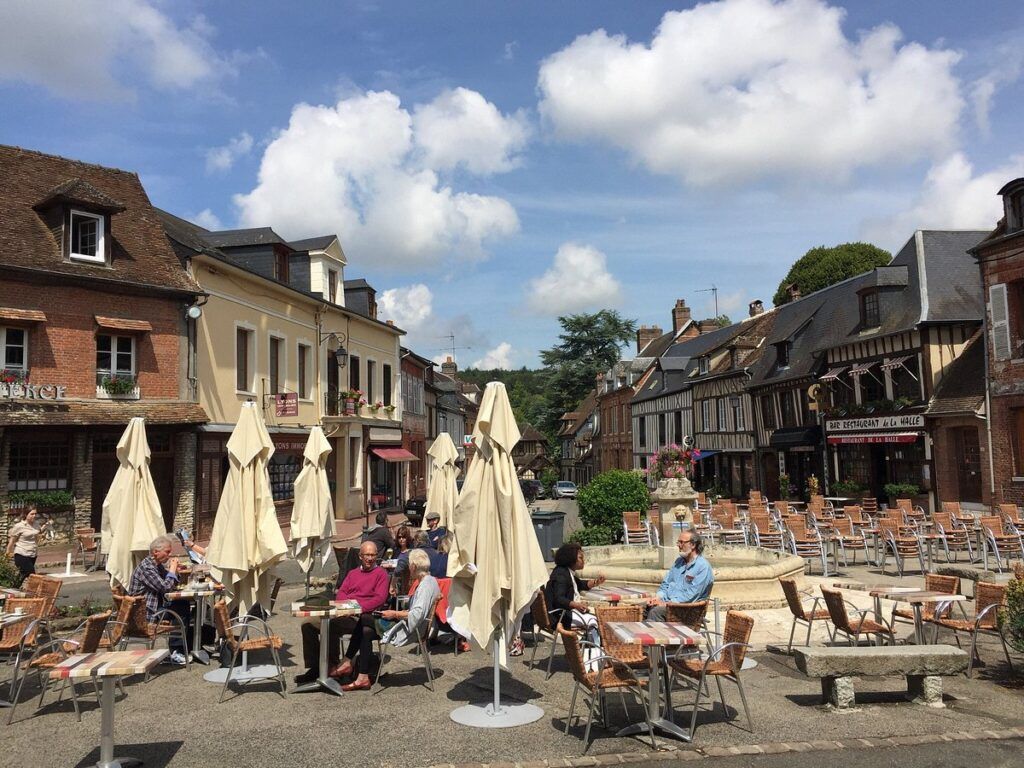
Les Andelys is actually two villages—Petit Andelys and Grand Andelys—along the Seine. Petit Andelys offers riverside views and cozy cafés. A riverside path links the two.
Both villages are quieter than the big tourist draws. In Les Andelys, you’ll find small museums about local history and medieval life.
Château Gaillard and Richard the Lionheart
Château Gaillard towers above Les Andelys. Richard the Lionheart had it built in just two years (1196-1198) to defend Normandy from the French.
Richard oversaw the project himself, adding clever defensive features like triple walls and special arrow slits.
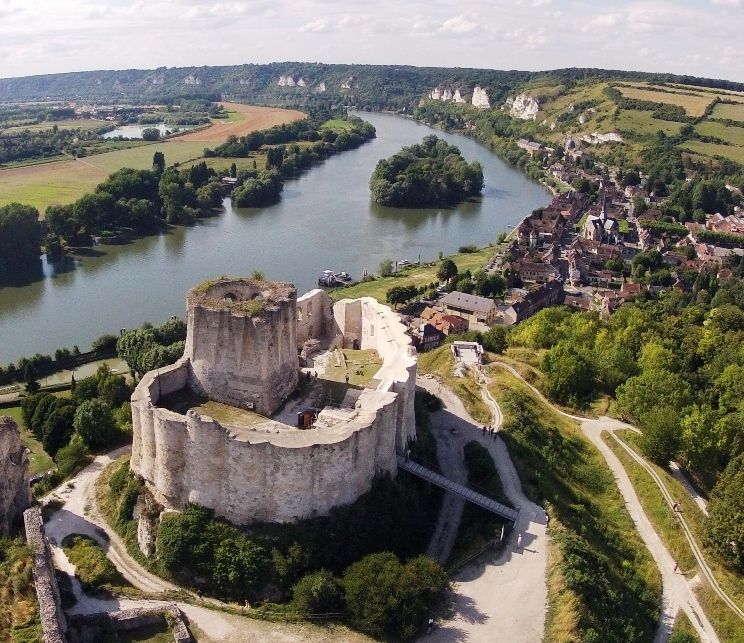
Now, only ruins remain, but they’re dramatic. You can walk the grounds and see what’s left of the keep, walls, and moat. The views over the Seine Valley are worth the climb.
Entry is about €5, and guided tours run from April to October. If you’re visiting in winter, check the hours—they can change.
From beachfront hotels to authentic French countryside stays. No booking fees.
Practical Information for Visitors
La Roche-Guyon is close enough to Paris to make a perfect day trip, especially if you’re interested in WWII history. A little planning helps you get the most from your visit.
How to Get to La Roche-Guyon
The village sits about 76 km (47 miles) northwest of Paris. Driving is easiest—about an hour via the A15 and D913.
Public transport is possible but takes longer. You can catch a train from Paris Saint-Lazare to Mantes-la-Jolie, then a local bus to La Roche-Guyon. Figure about 2 hours total.
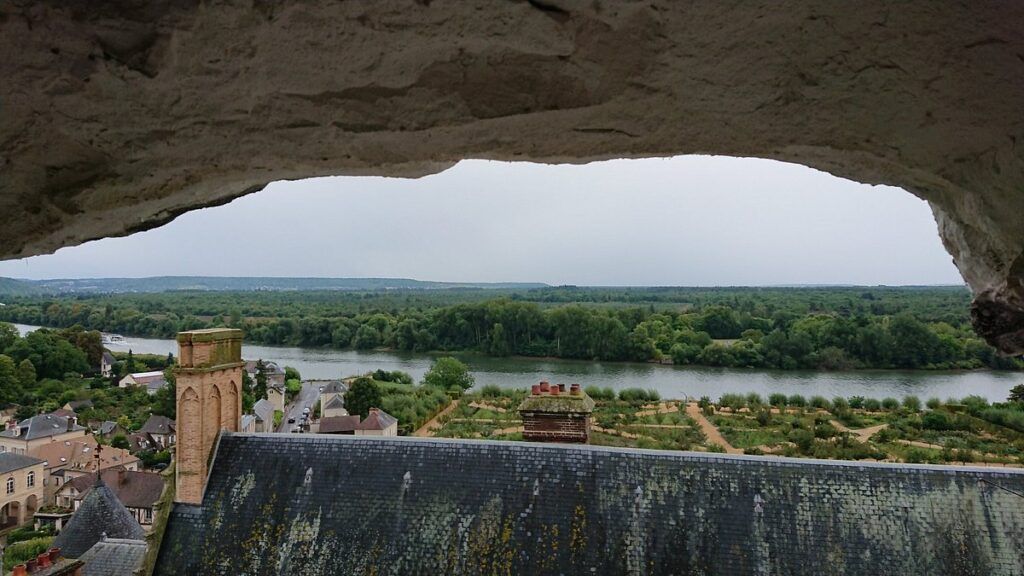
If you’re touring Normandy’s D-Day sites, La Roche-Guyon is about 2.5 hours from the main beaches. It makes a good stop between Paris and the coast.
Some organized tours from Paris include La Roche-Guyon in their WWII itineraries, handling transport and providing guides.
Best Times to Visit
April through October brings the best weather for exploring. The castle and gardens really shine in spring and early summer.
Summer (June-August) is busier, especially around D-Day anniversaries in early June. If you’re visiting then, try to arrive early.
Weekdays are quieter than weekends. The château is open year-round except for some holidays, but winter hours are shorter.
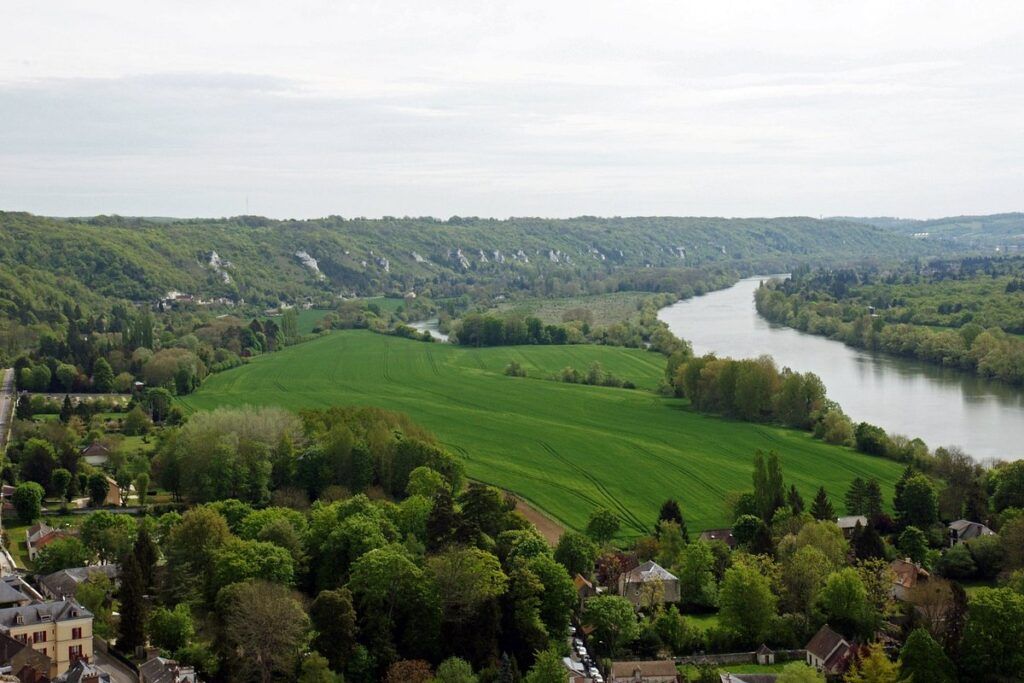
Many restaurants and smaller sights have limited hours in the off-season (November-March). Always check opening times before you go.
The climate is mild but can be rainy—bring a light jacket, even in summer.
Accommodation Options Nearby
La Roche-Guyon itself has just a few places to stay. Domaine de la Corniche offers upscale rooms with river views, while Le Relais de La Roche is a more budget-friendly option in town.
Nearby towns have more choices. Giverny (15 km away) is full of charming B&Bs, especially popular with Monet fans. Vernon (20 km) has more hotels and better train connections.
See available accommodations near La Roche-Guyon.
If you’re touring Normandy, consider Honfleur (120 km) with its pretty harbor and lots of hotels, or Le Havre (130 km) for bigger hotels and ferries to England.
Budget travelers might prefer guesthouses (chambres d’hôtes) or vacation rentals—there are plenty in the region, but book ahead for summer.
Most places offer free parking, but not all are within walking distance of La Roche-Guyon’s main sights.
Get a discount of 15% to 70% on La Roche-Guyon accommodations and tours! Look for deals here:
La Roche-Guyon Hotels and Tours

